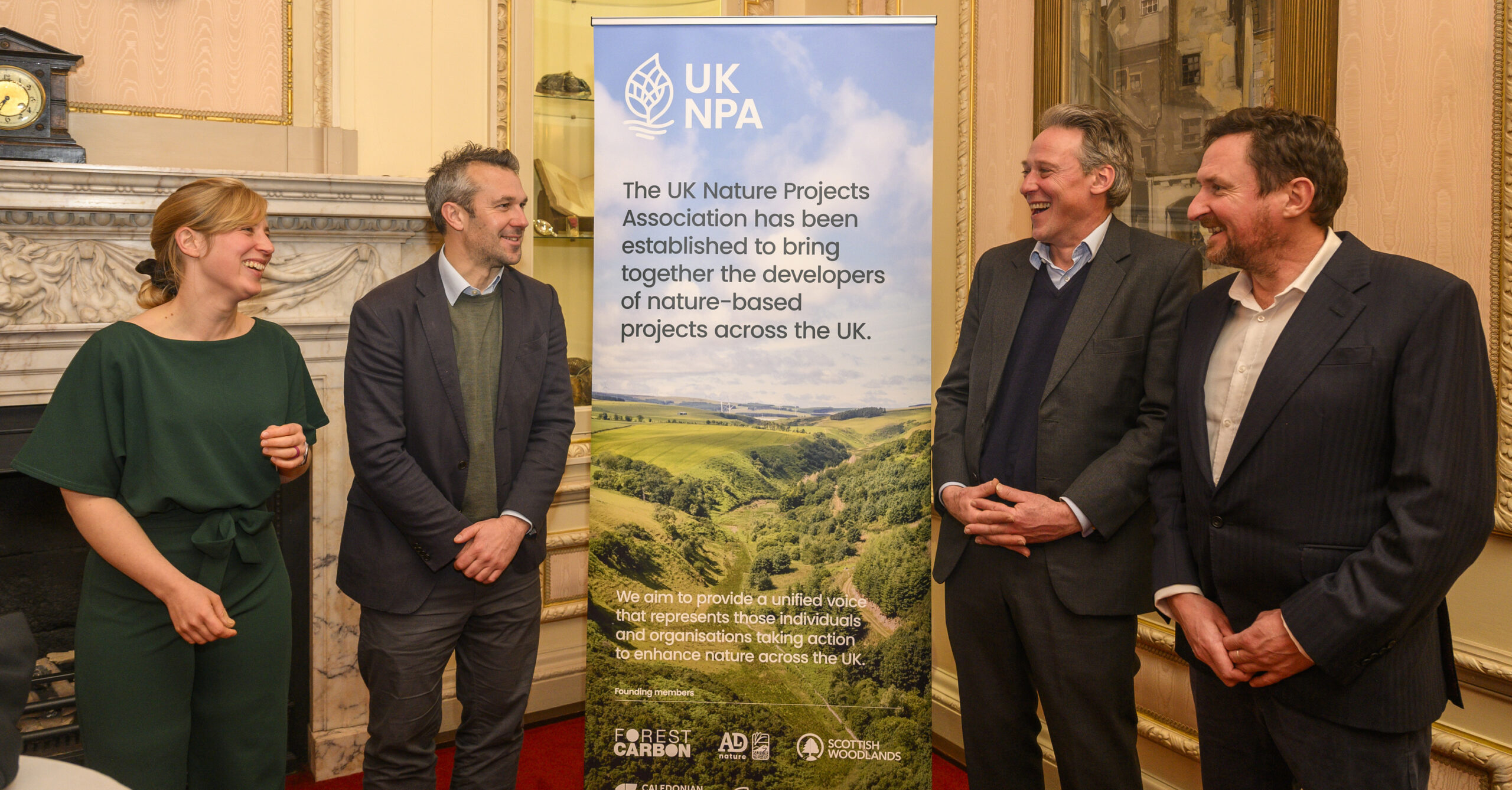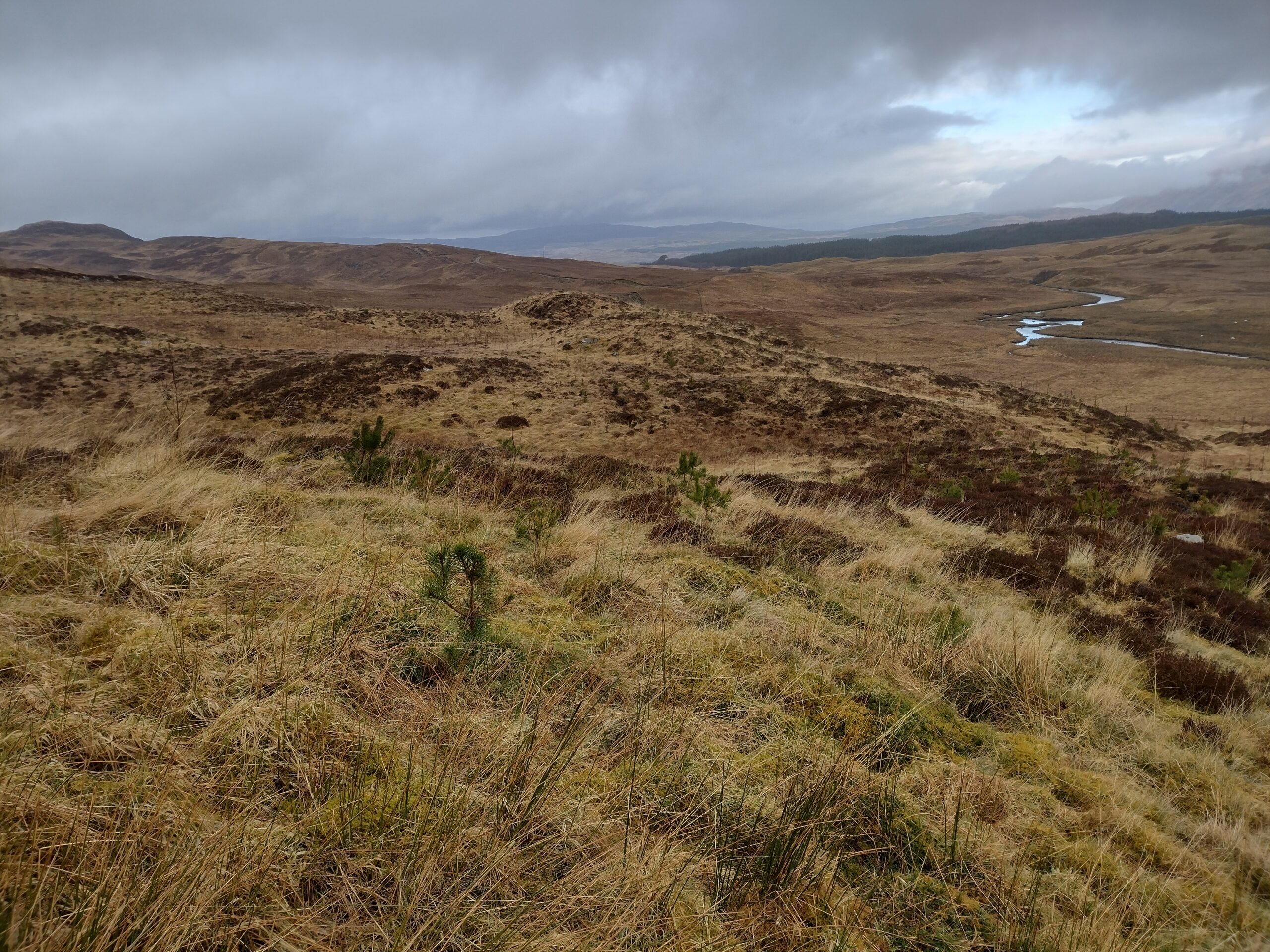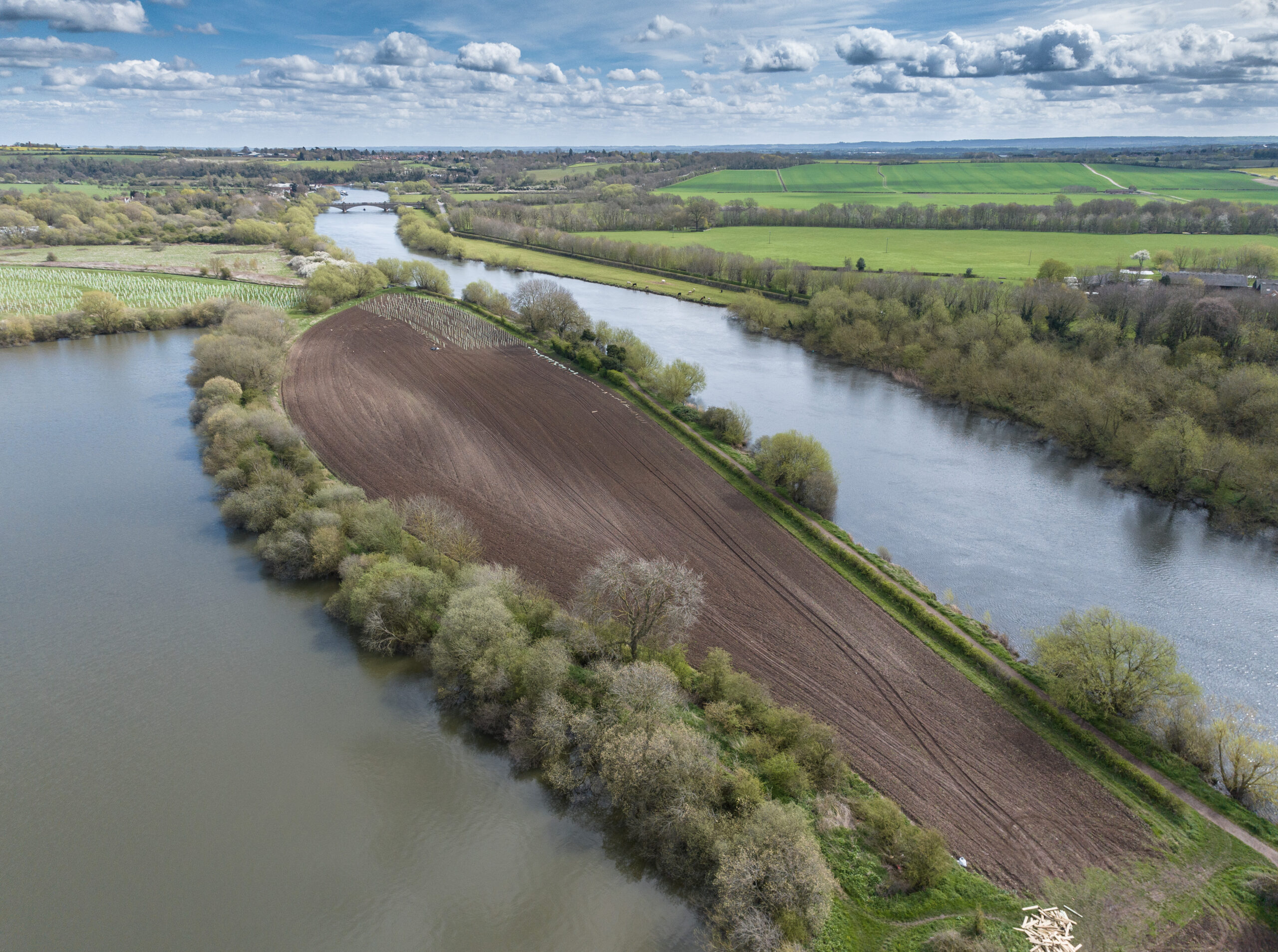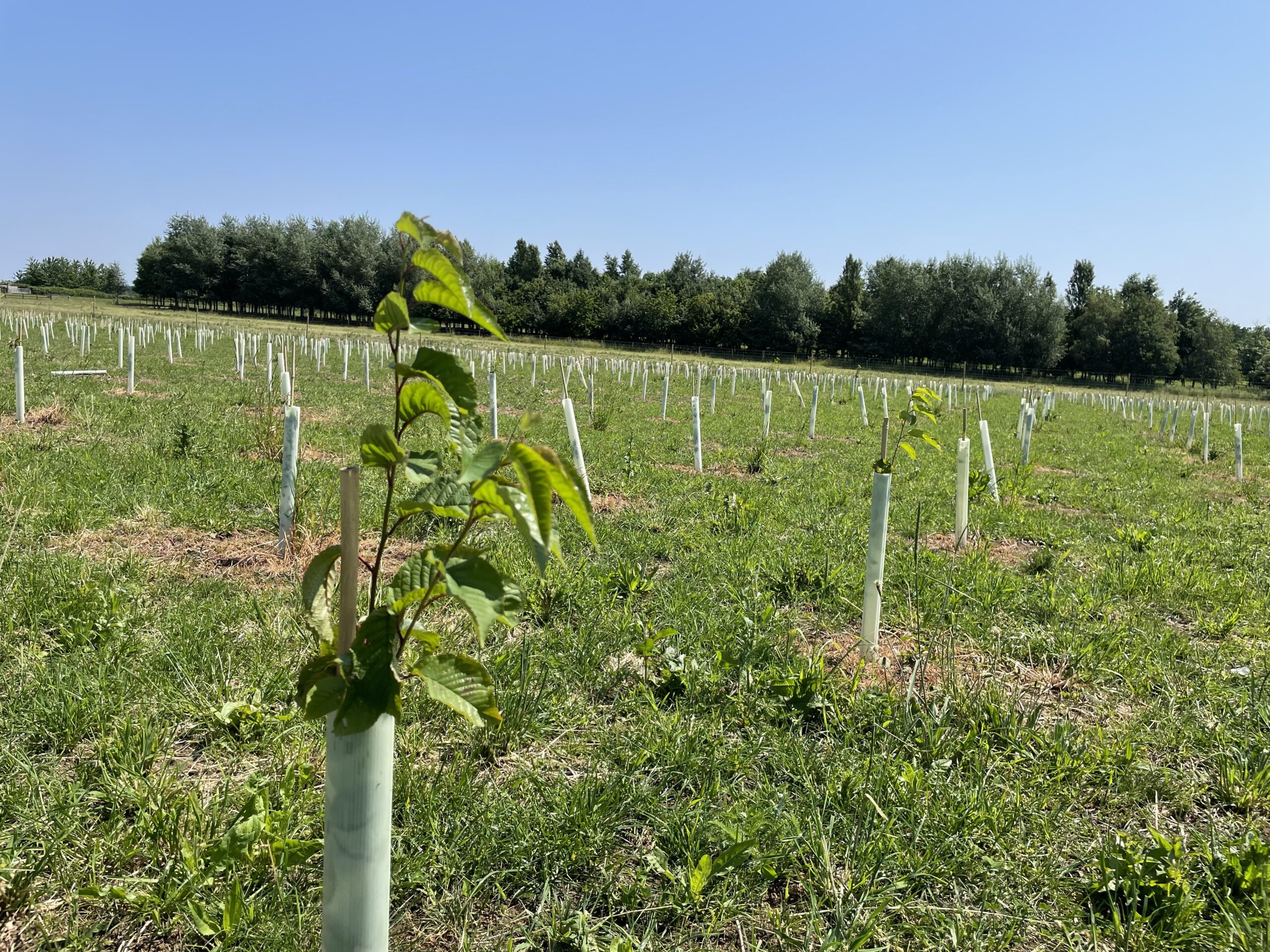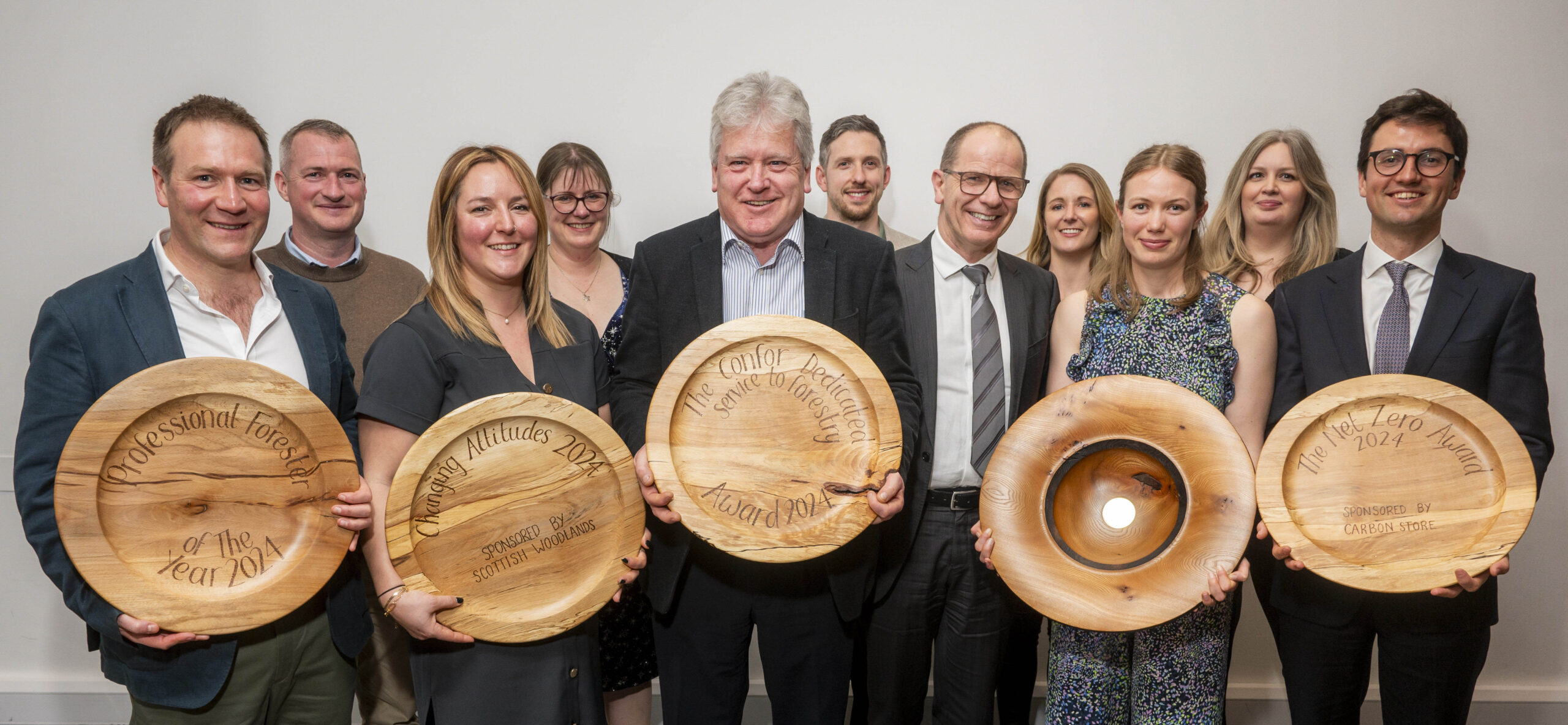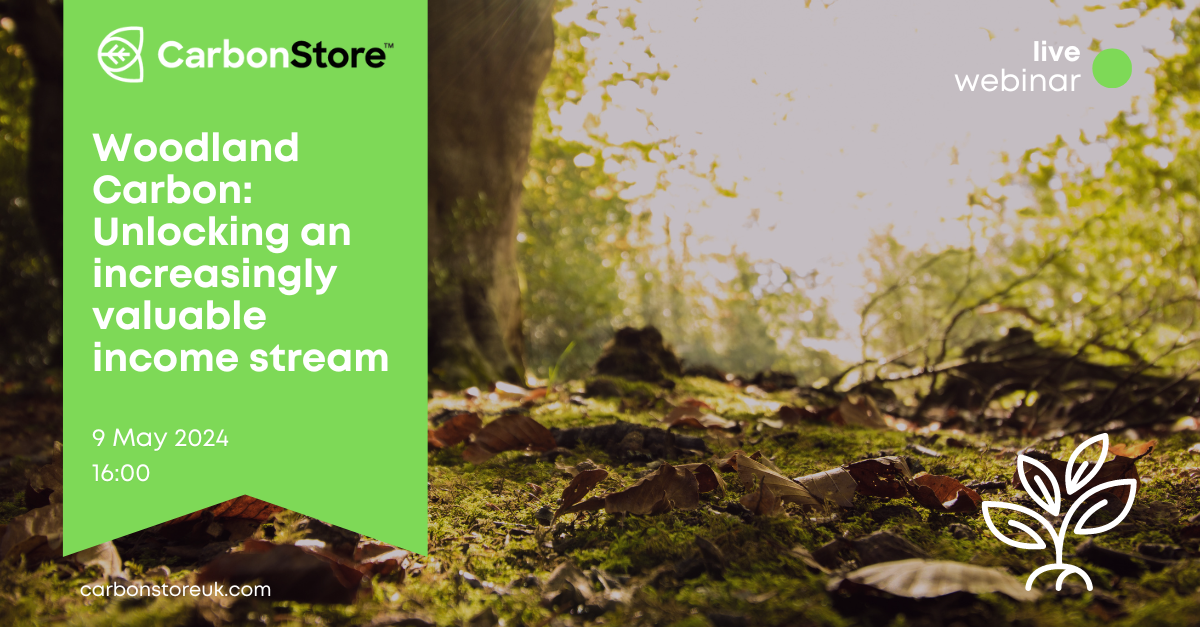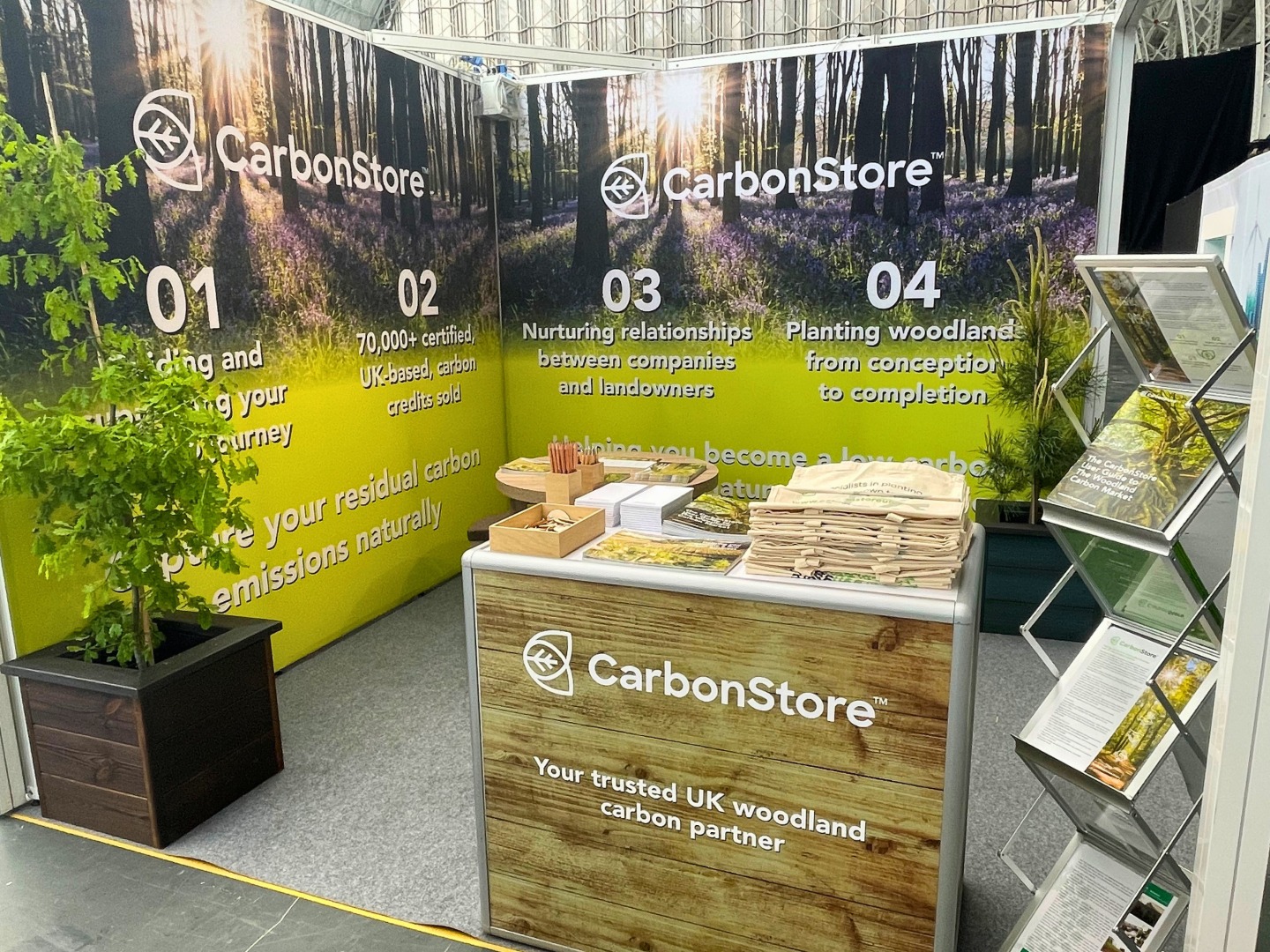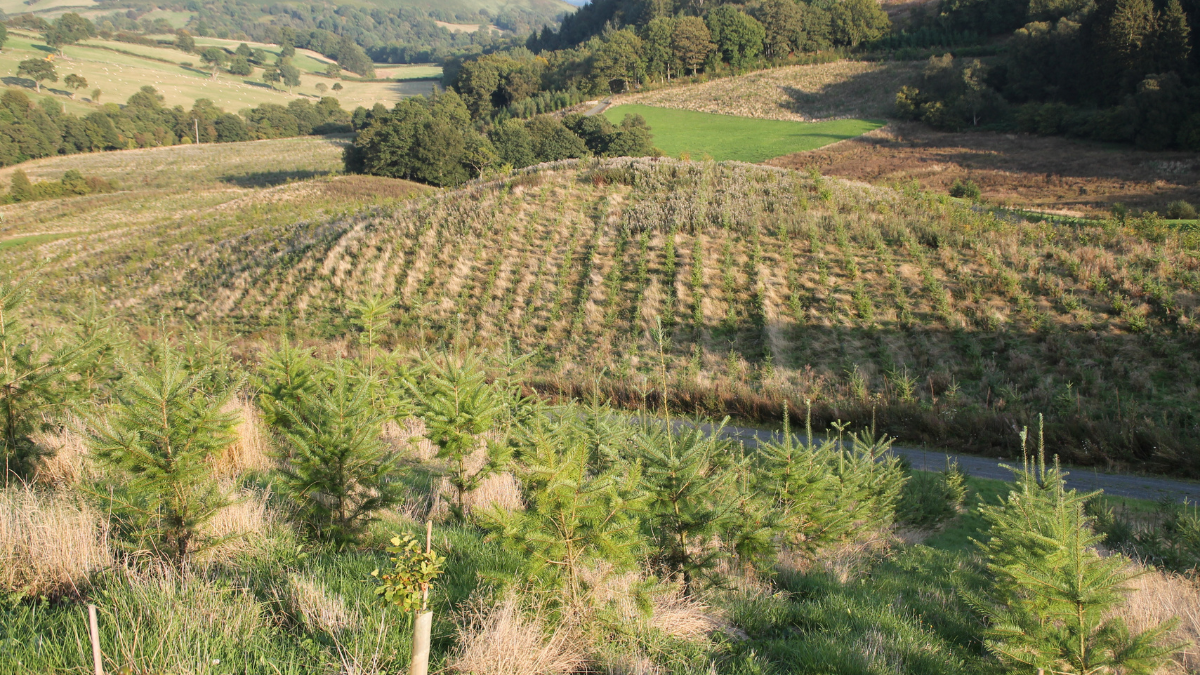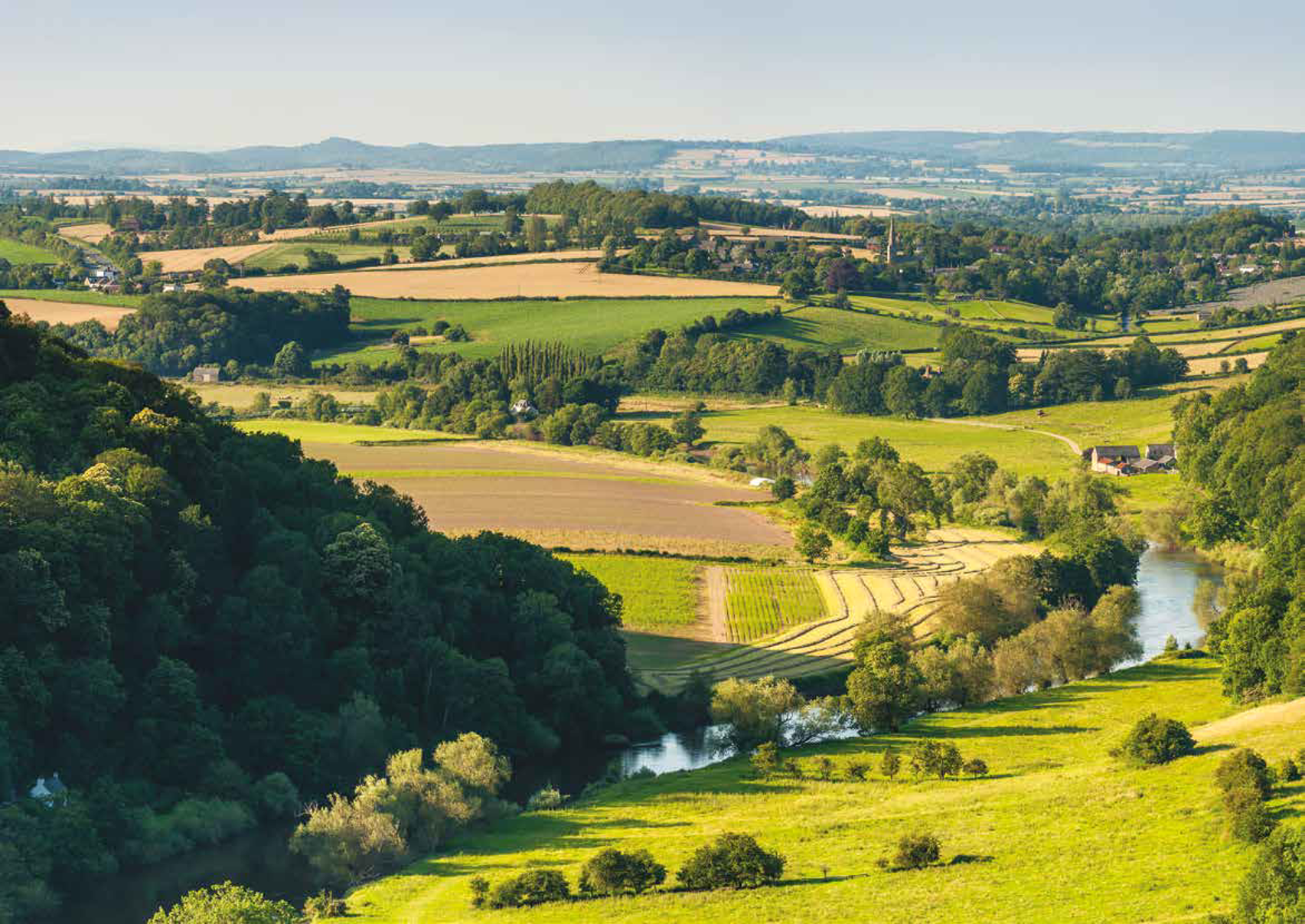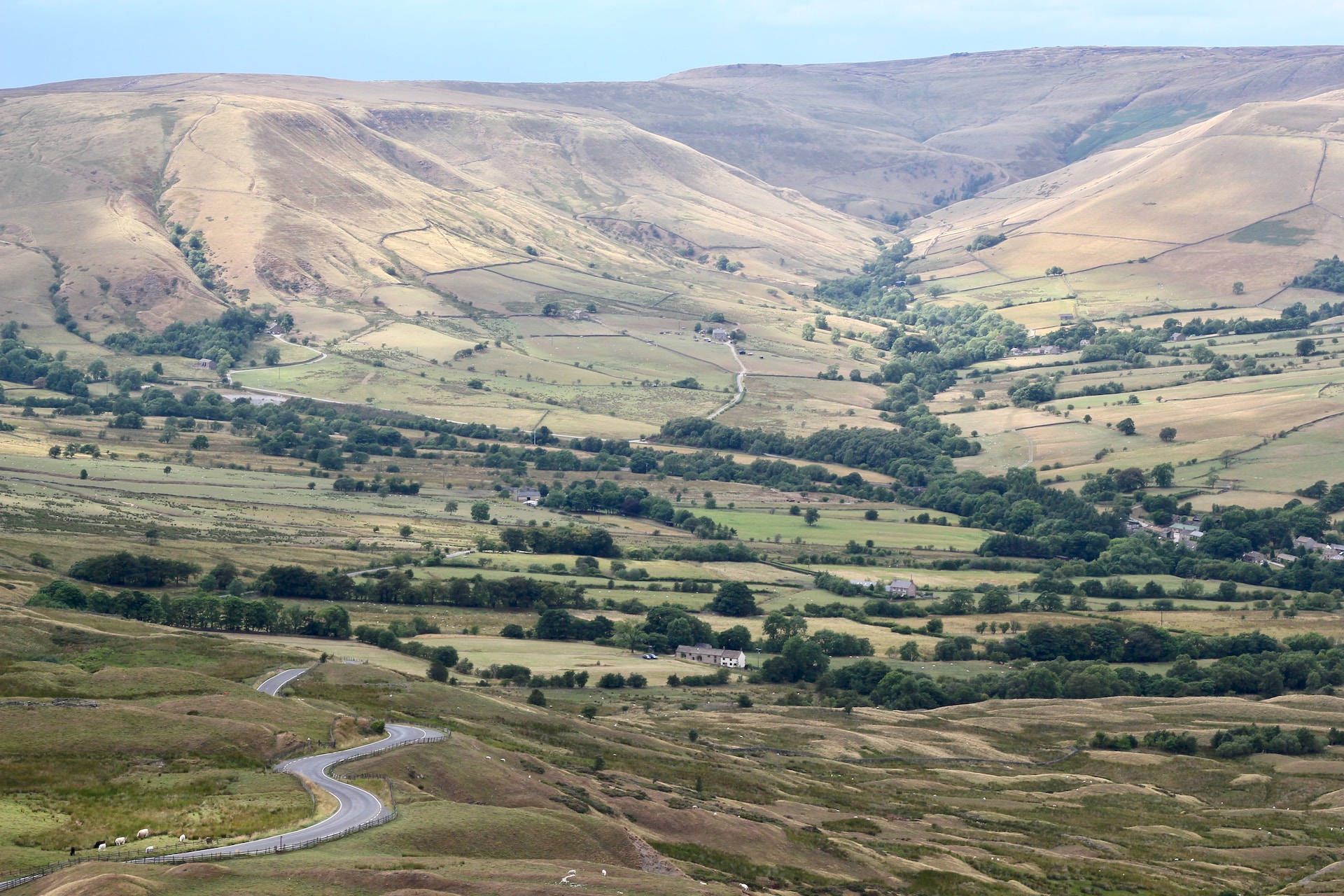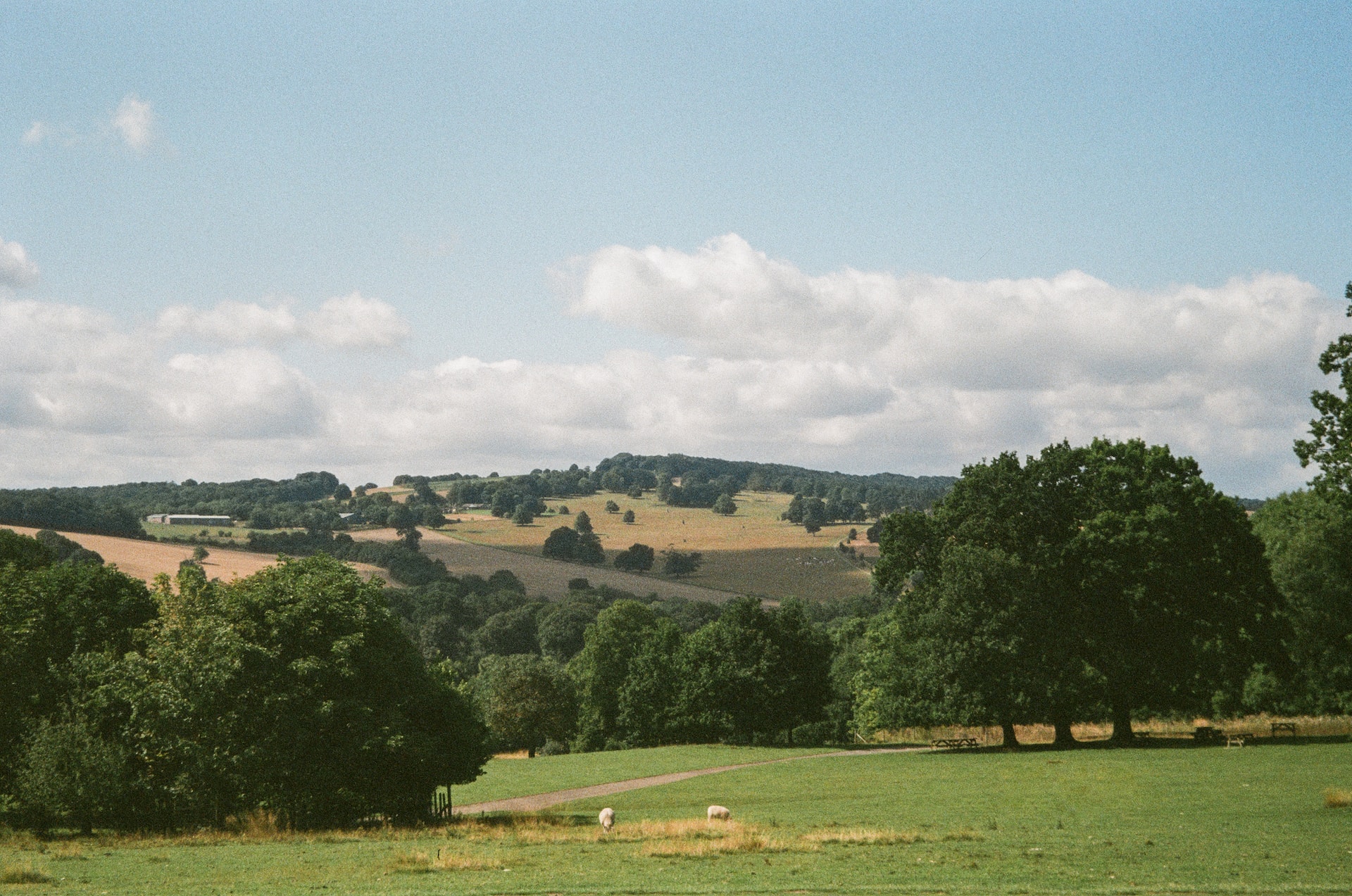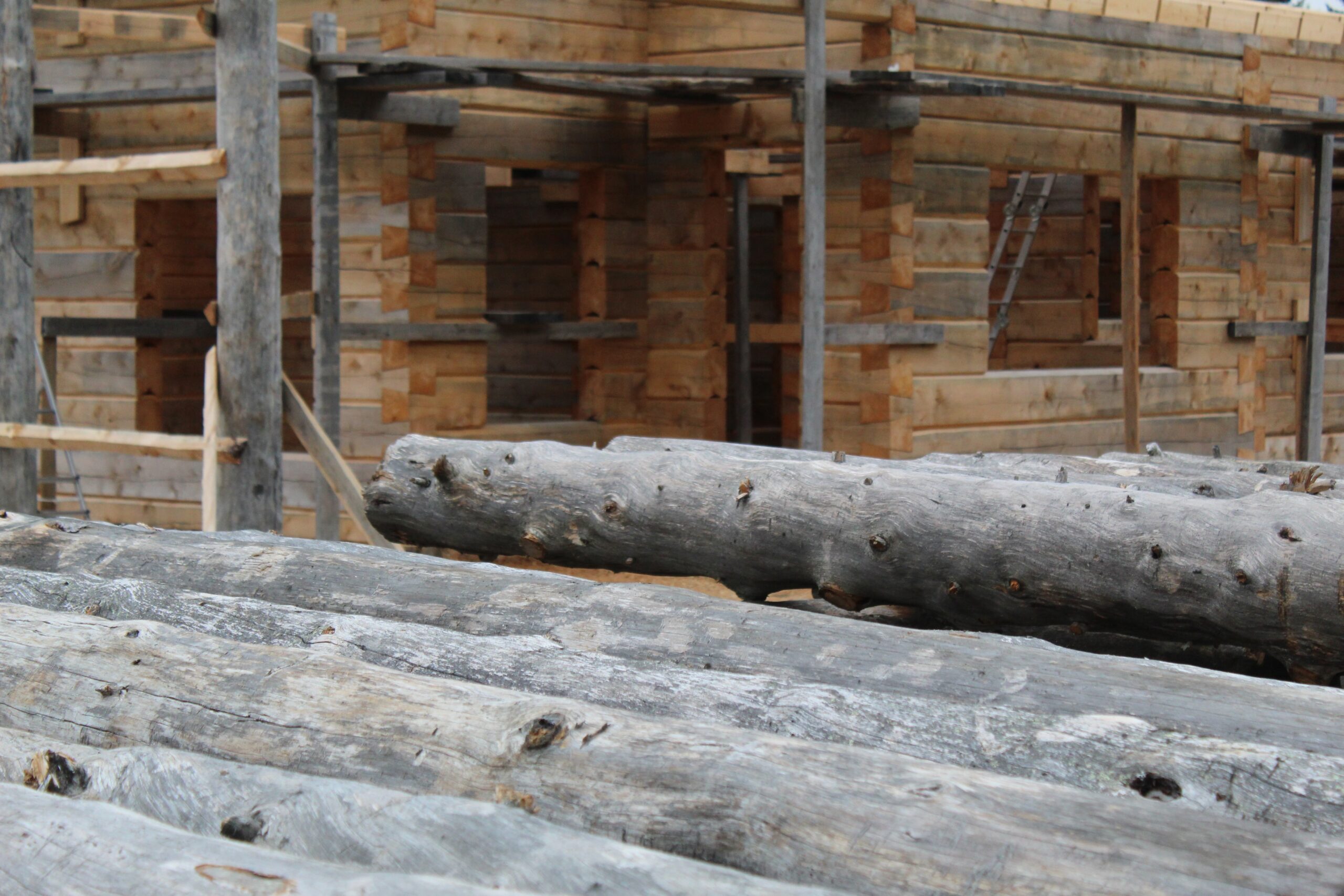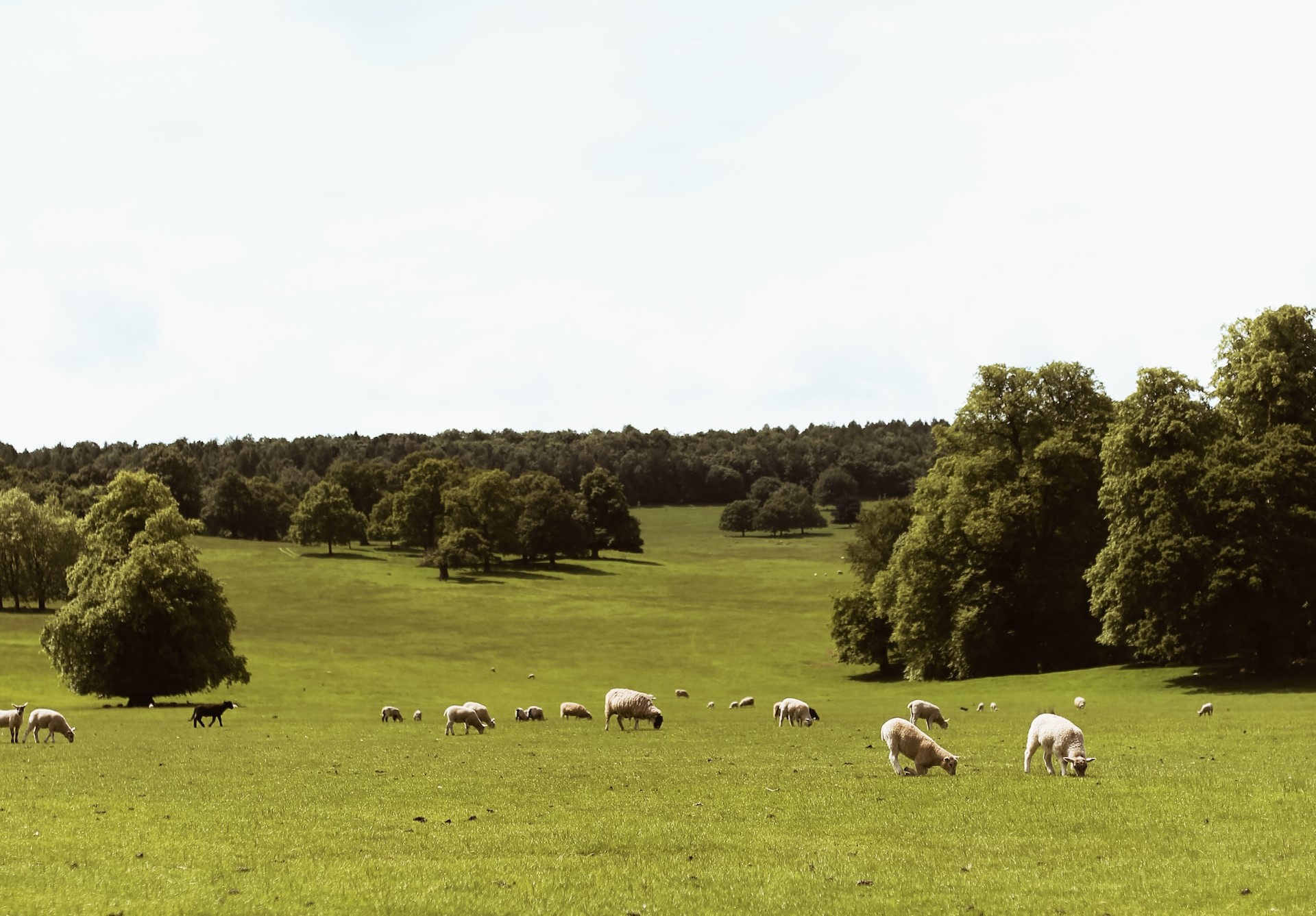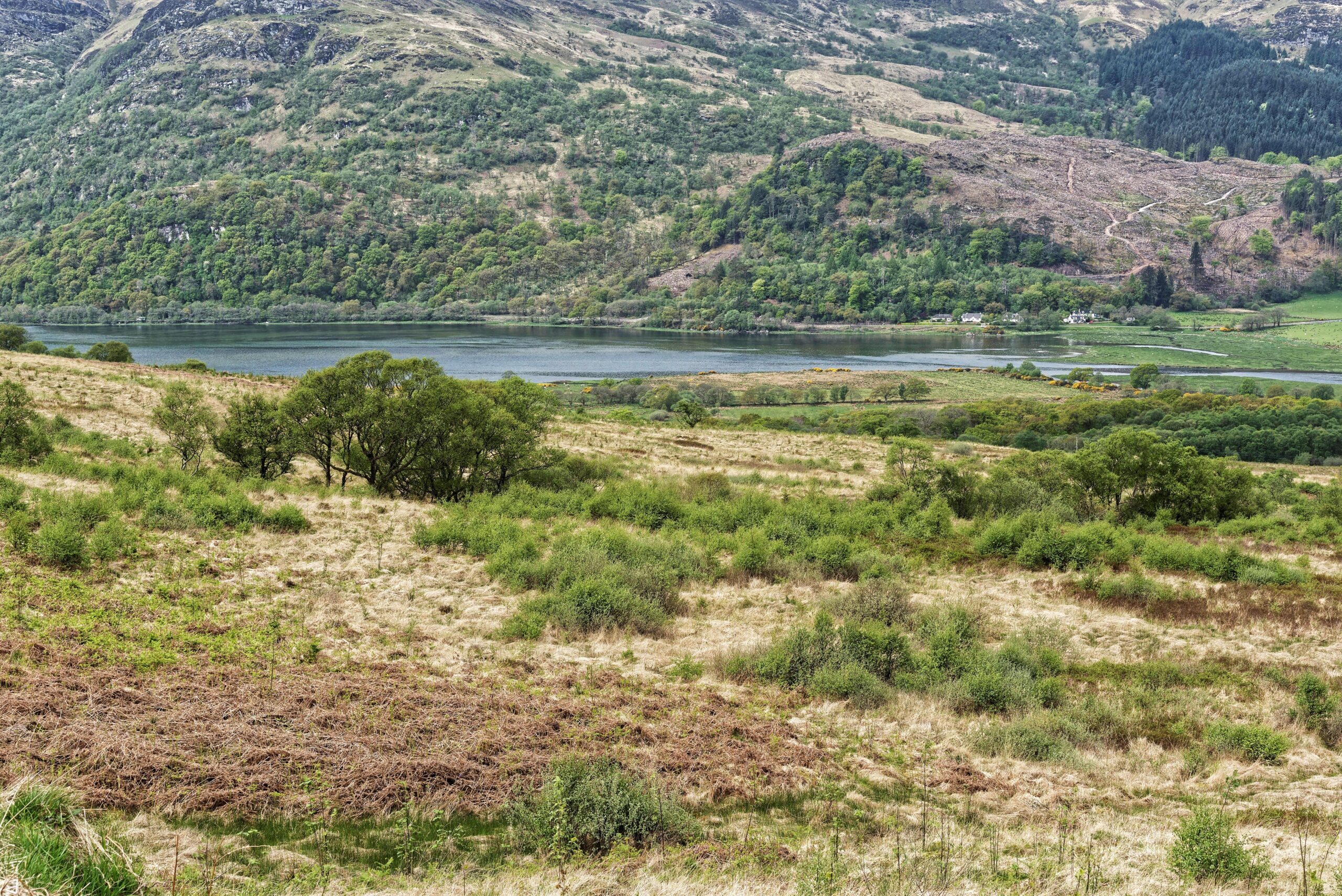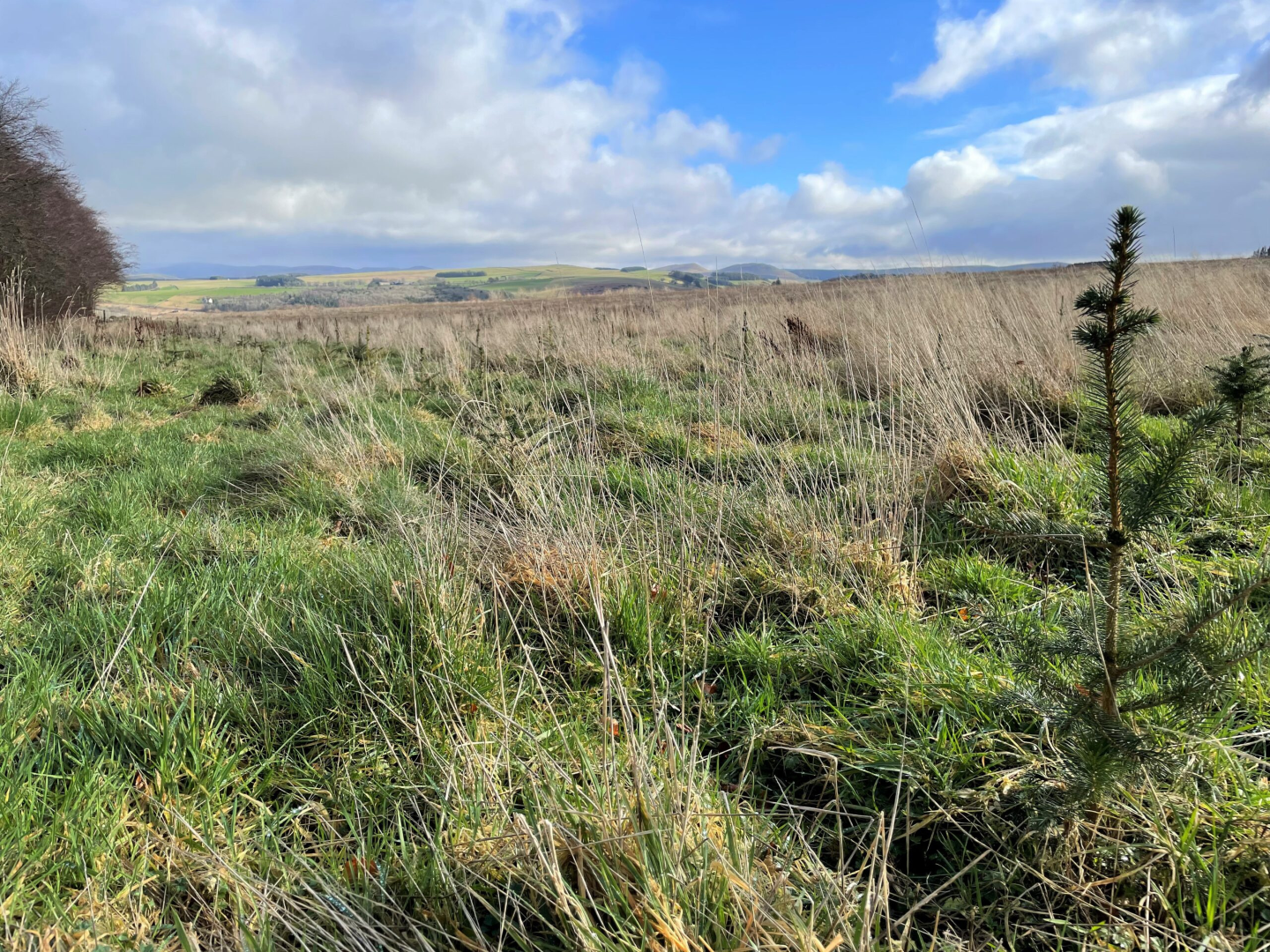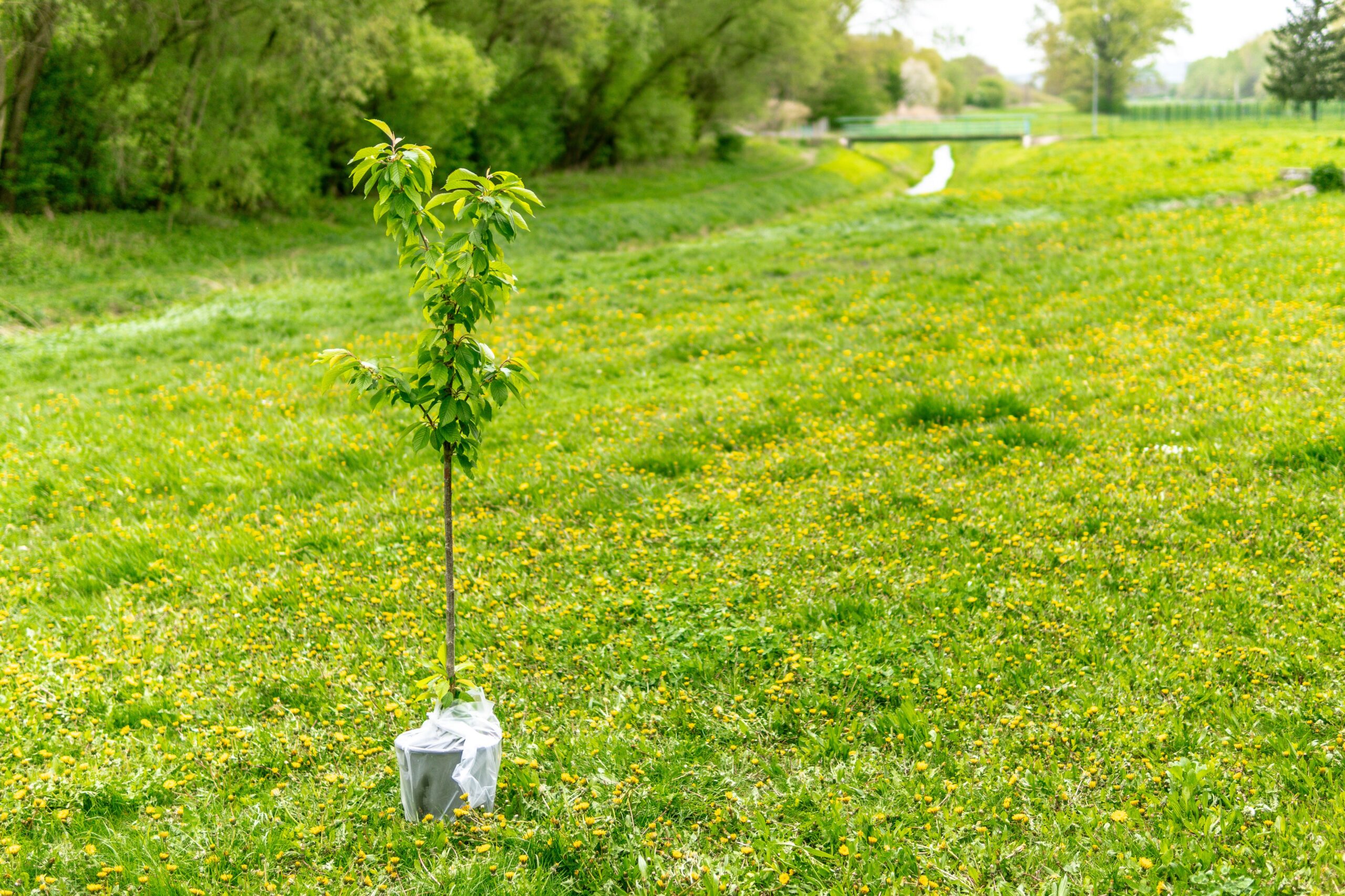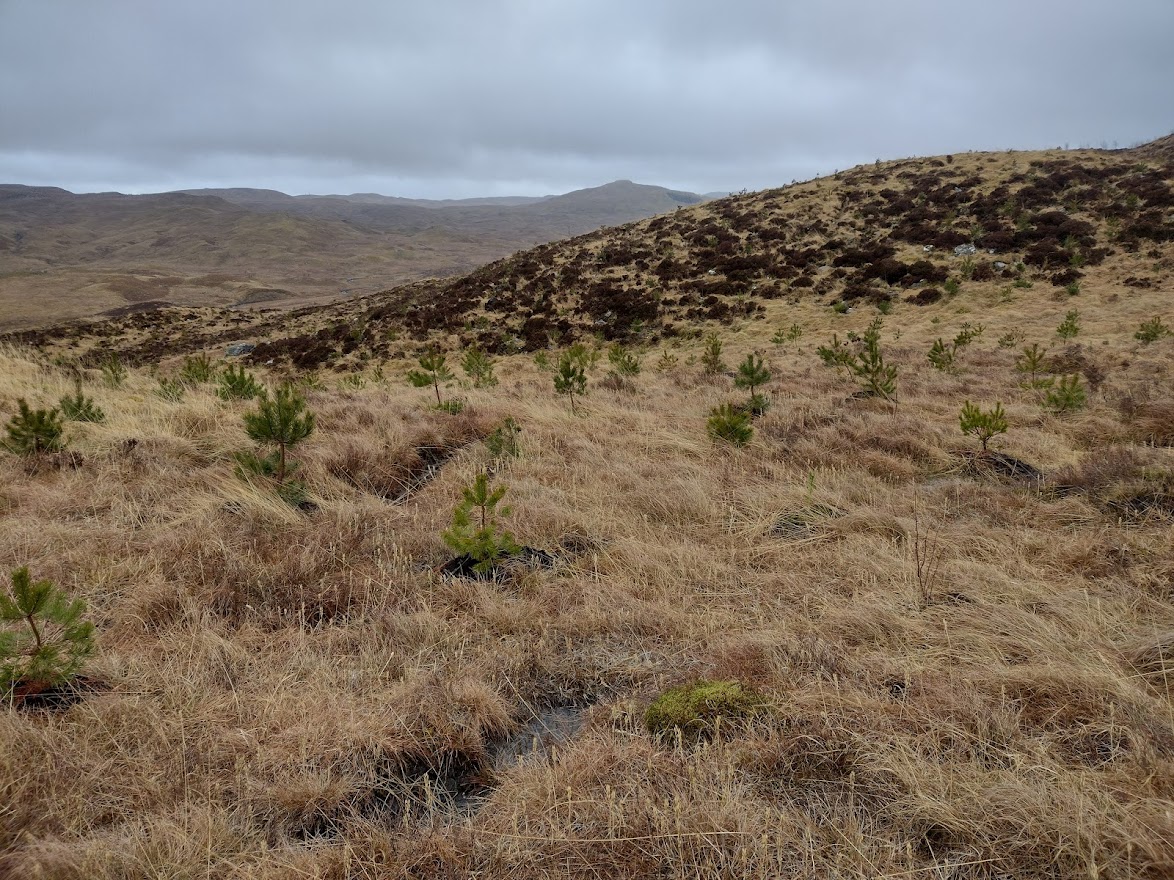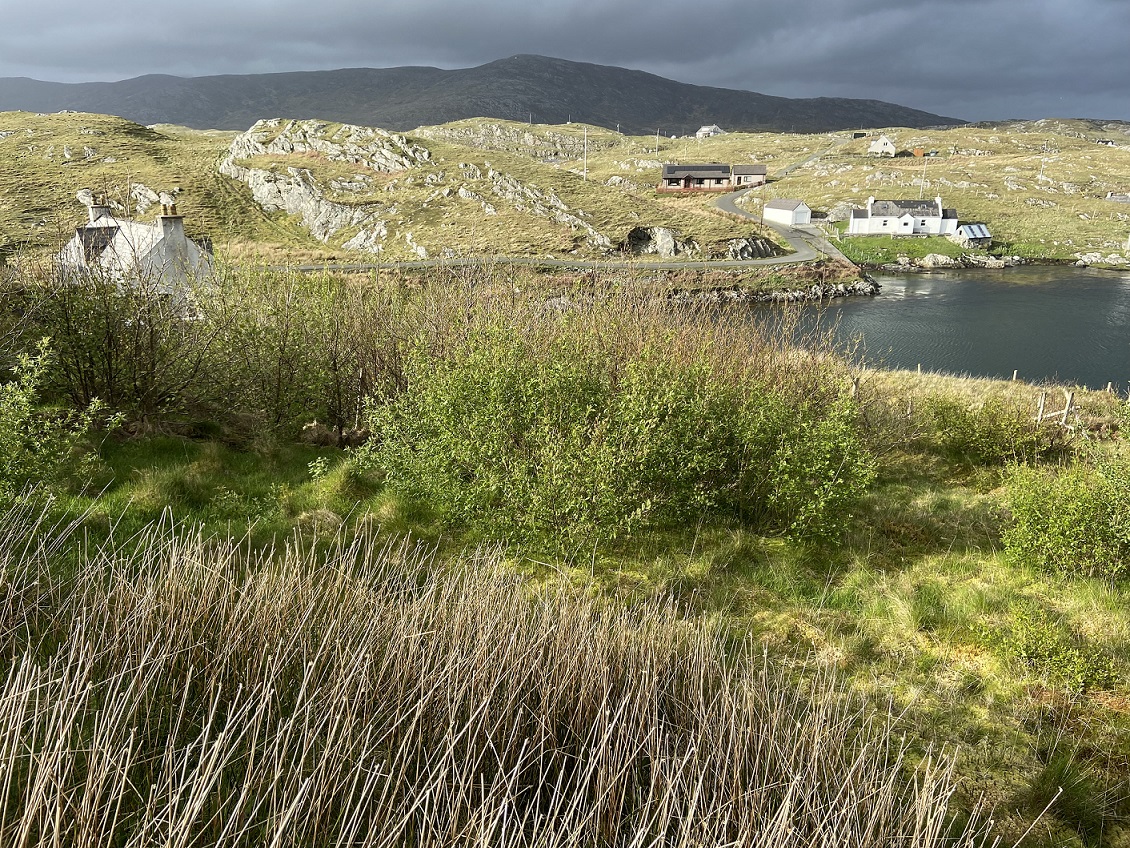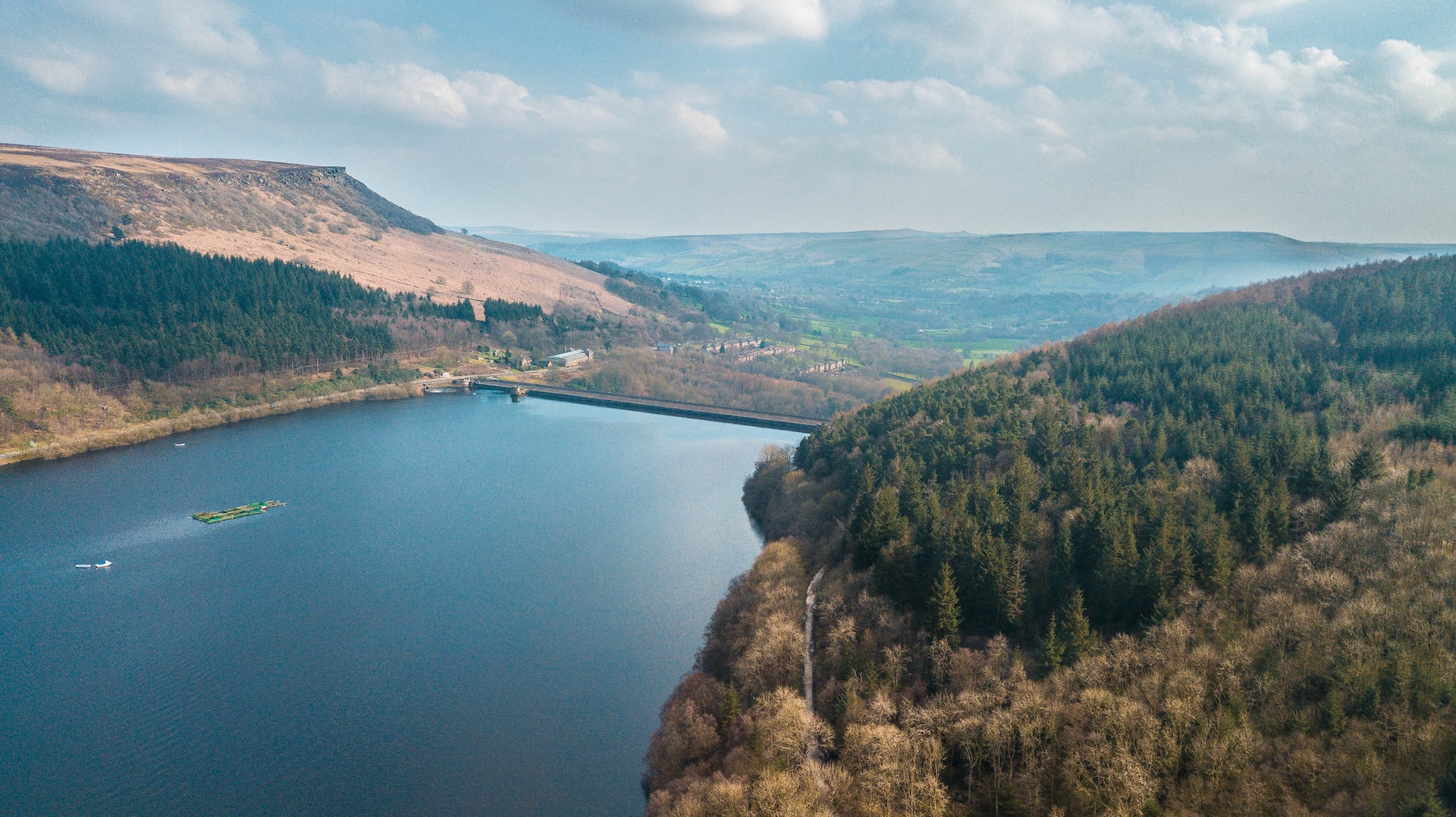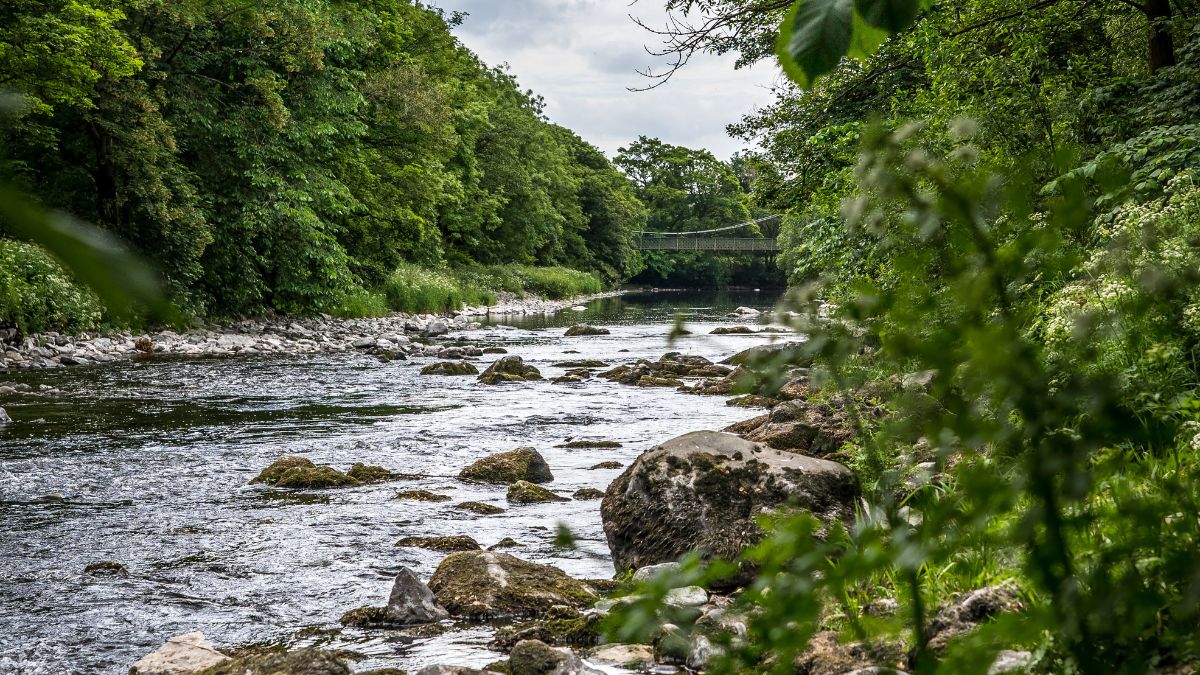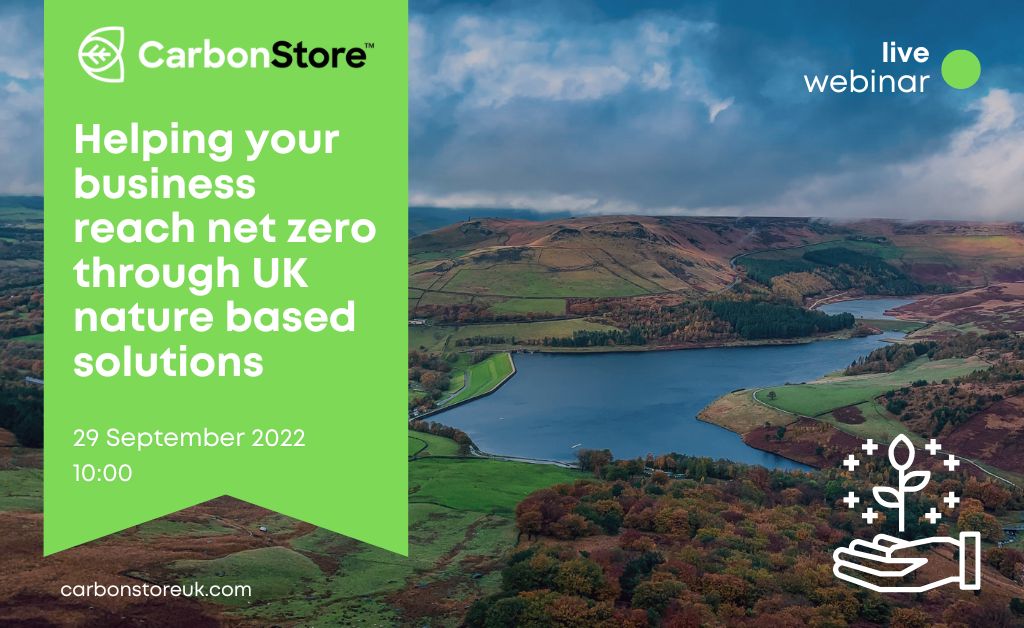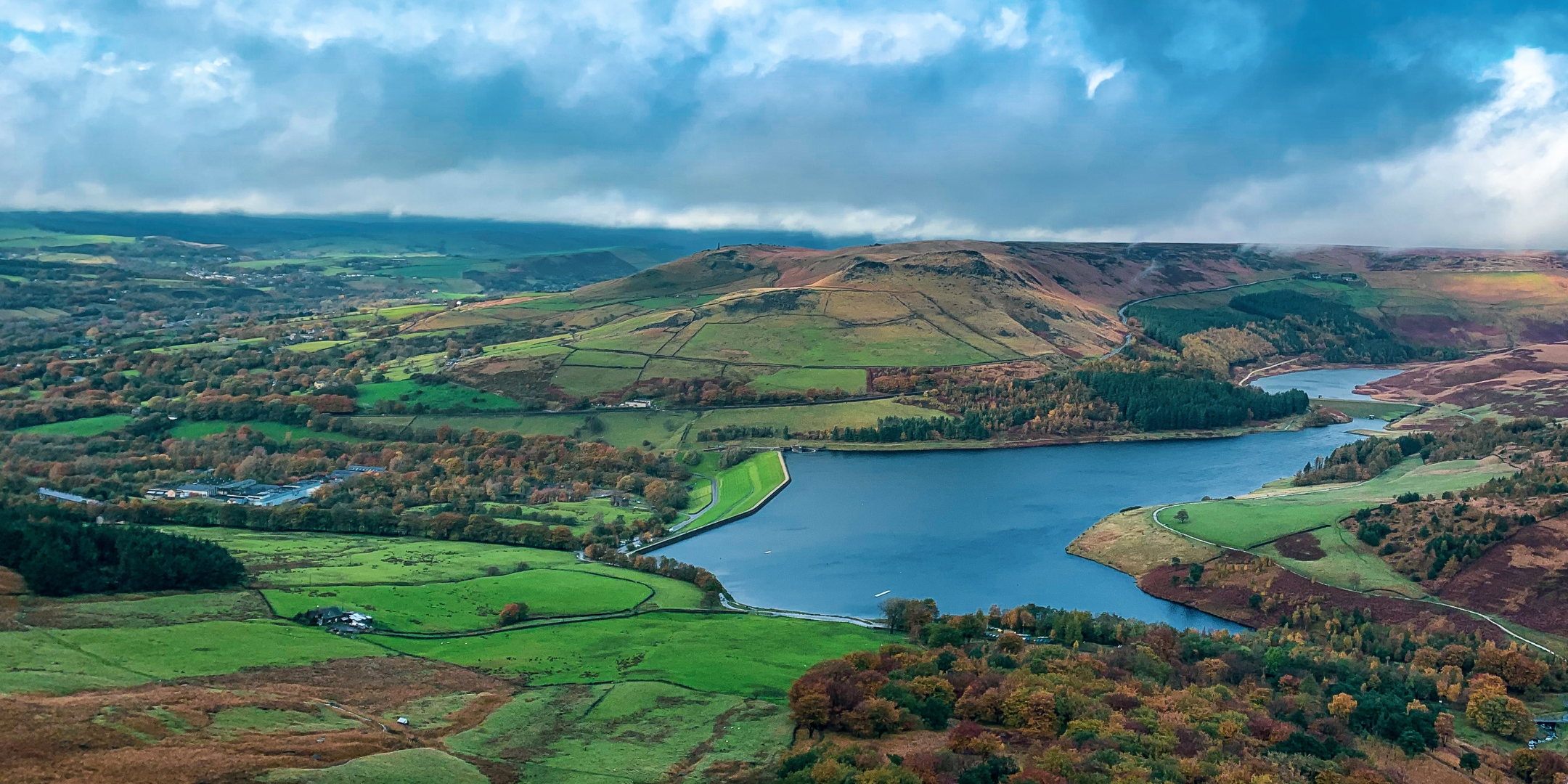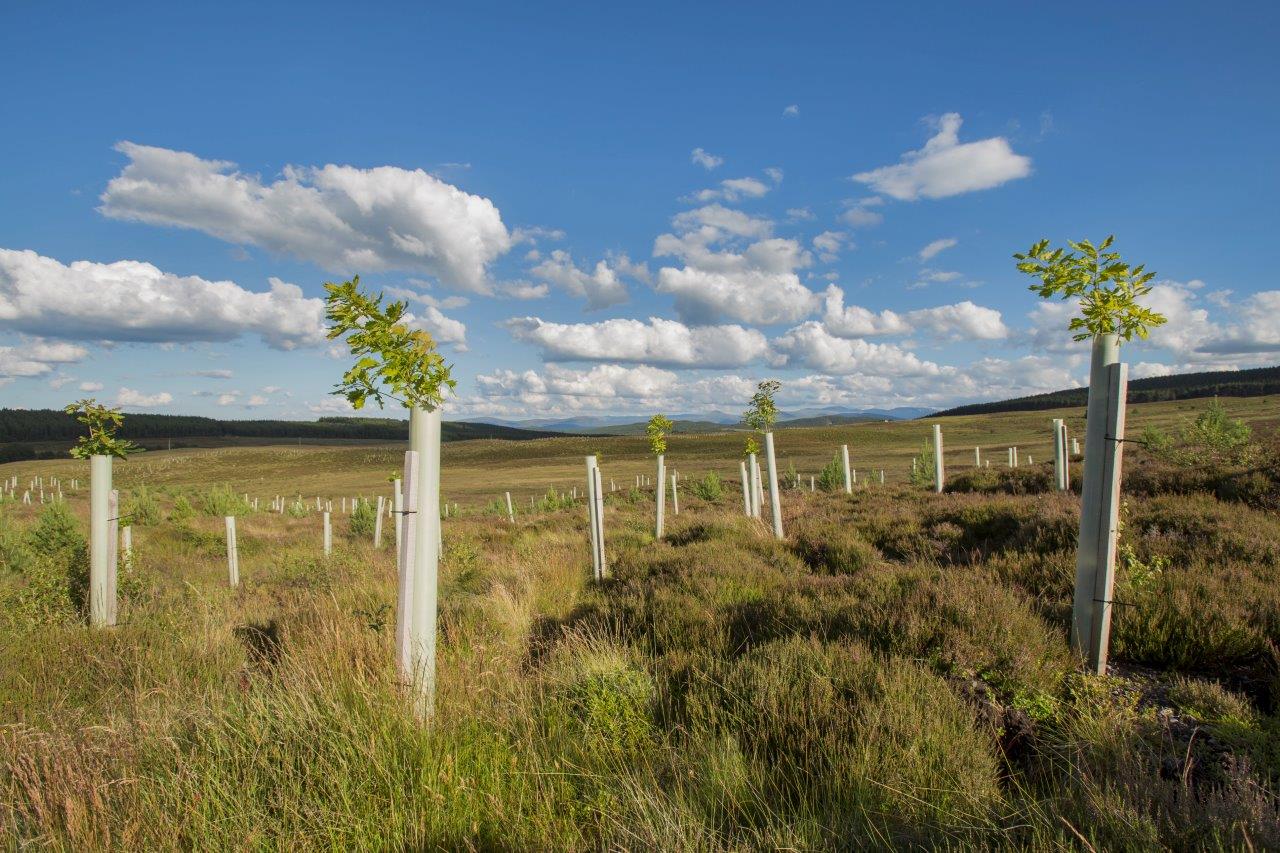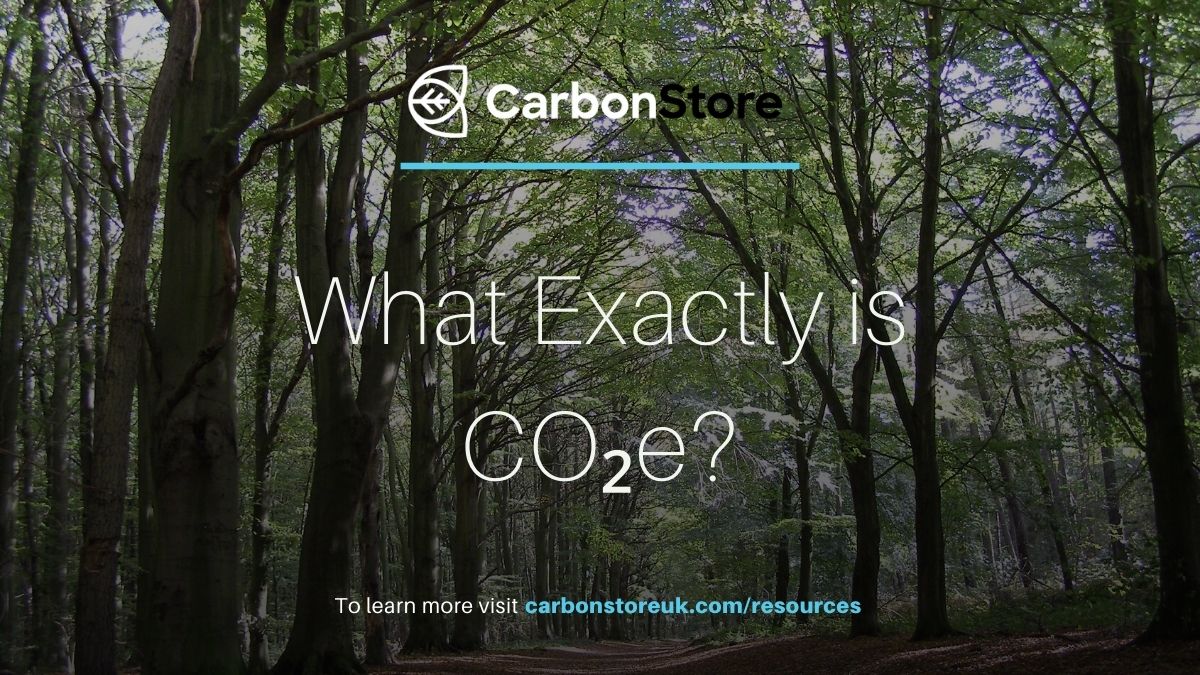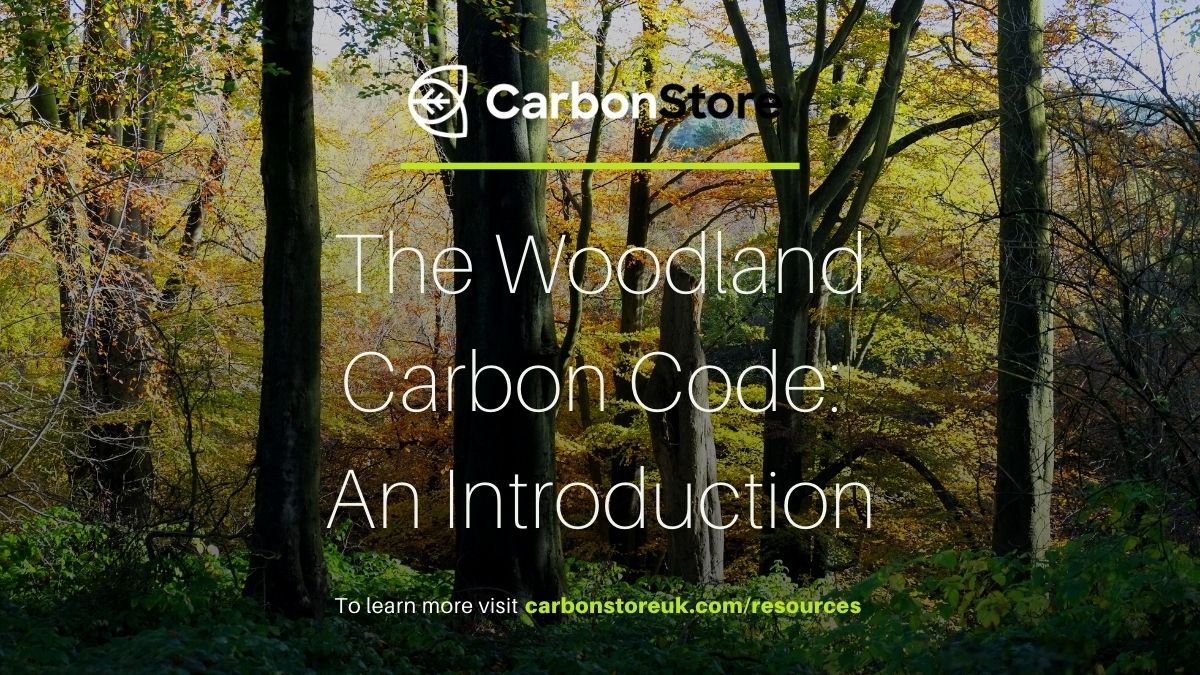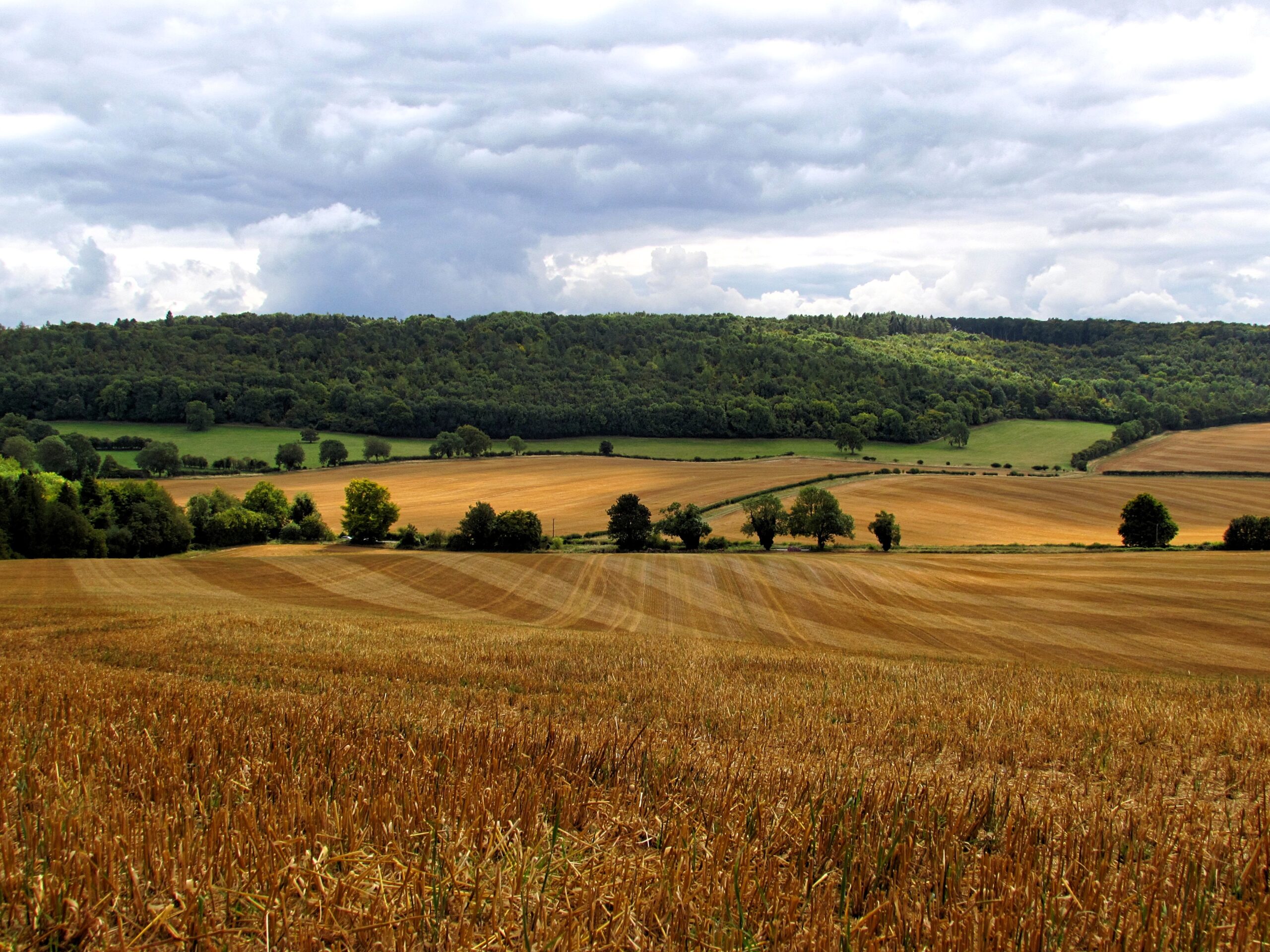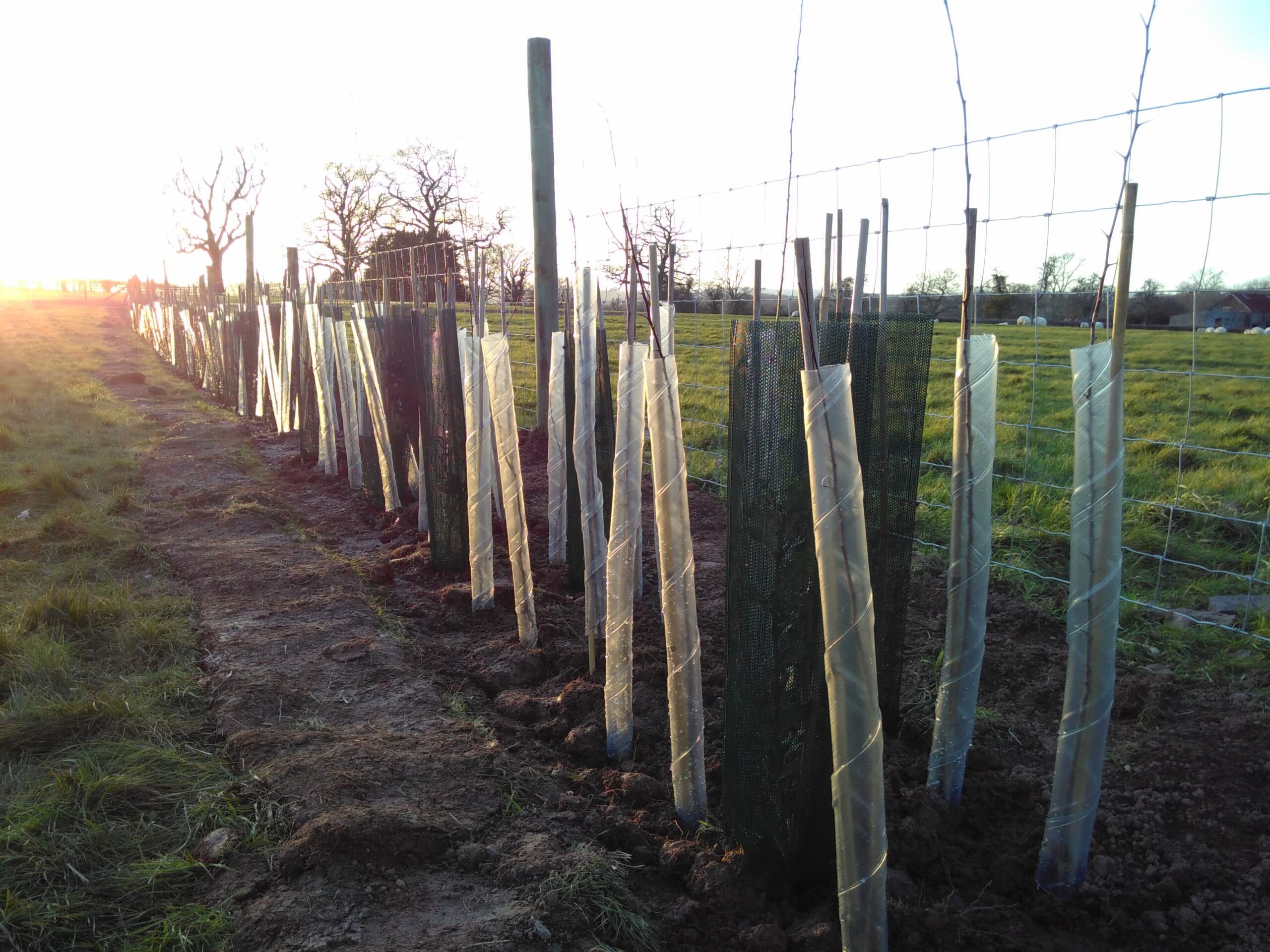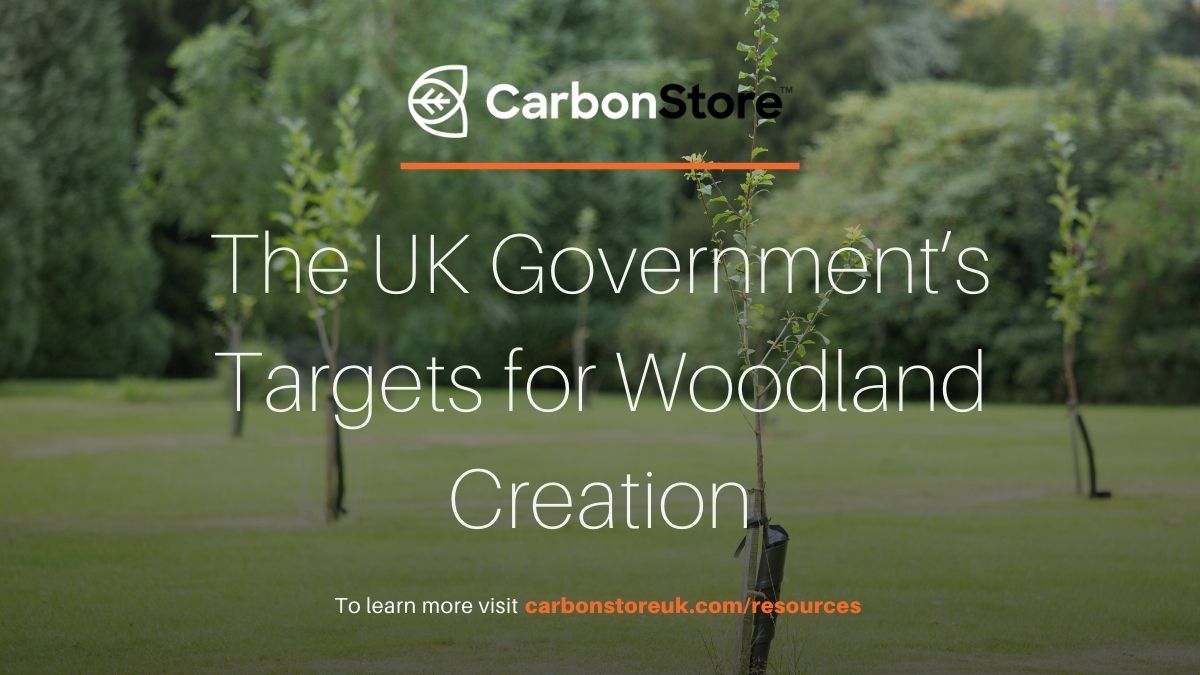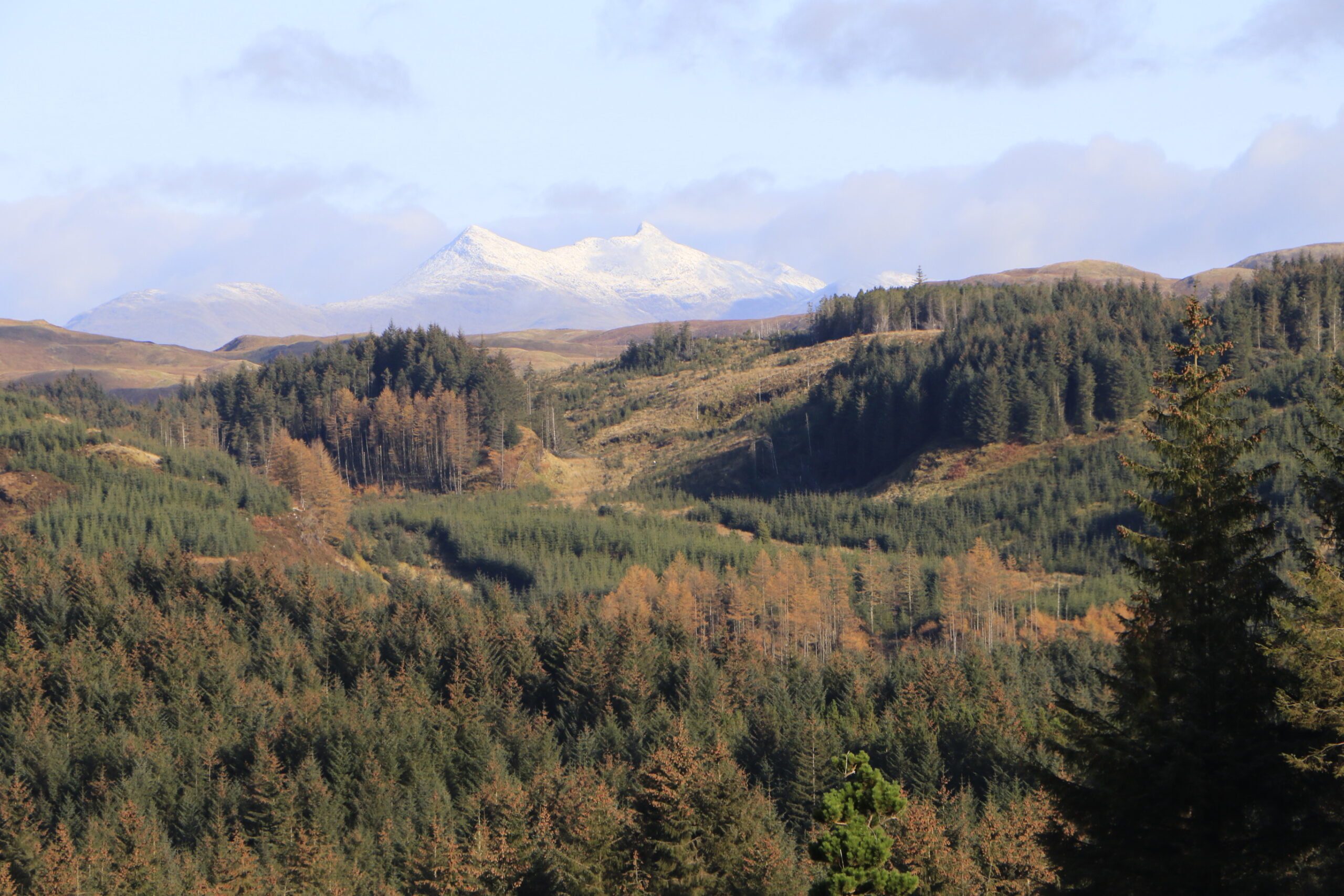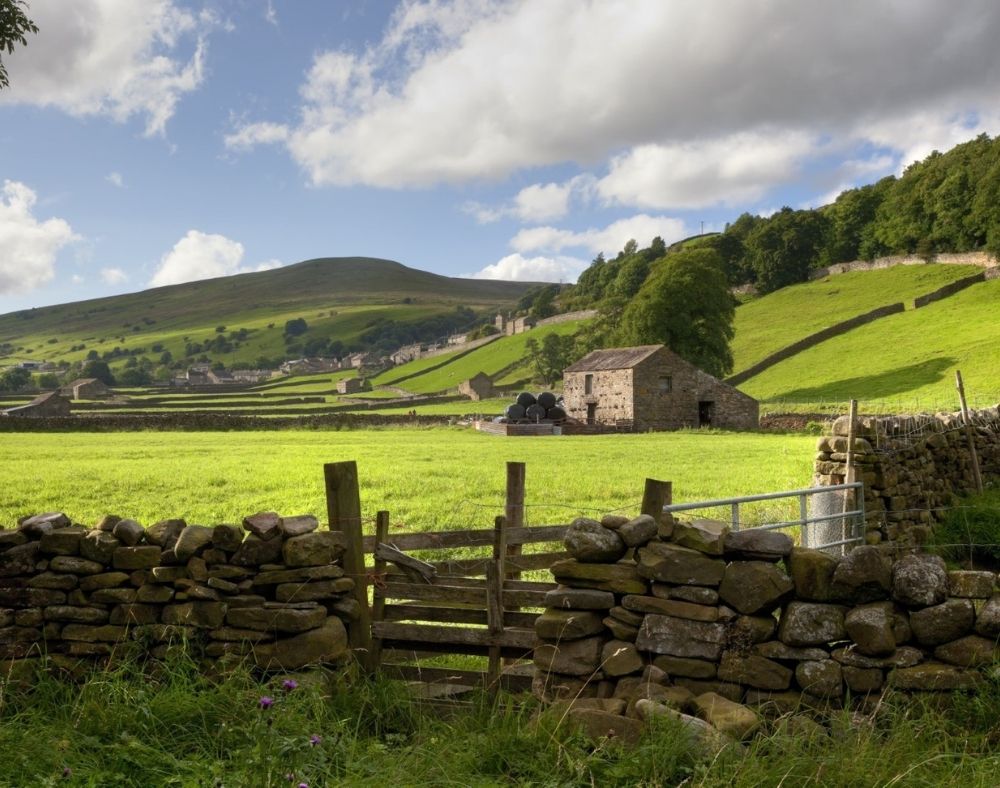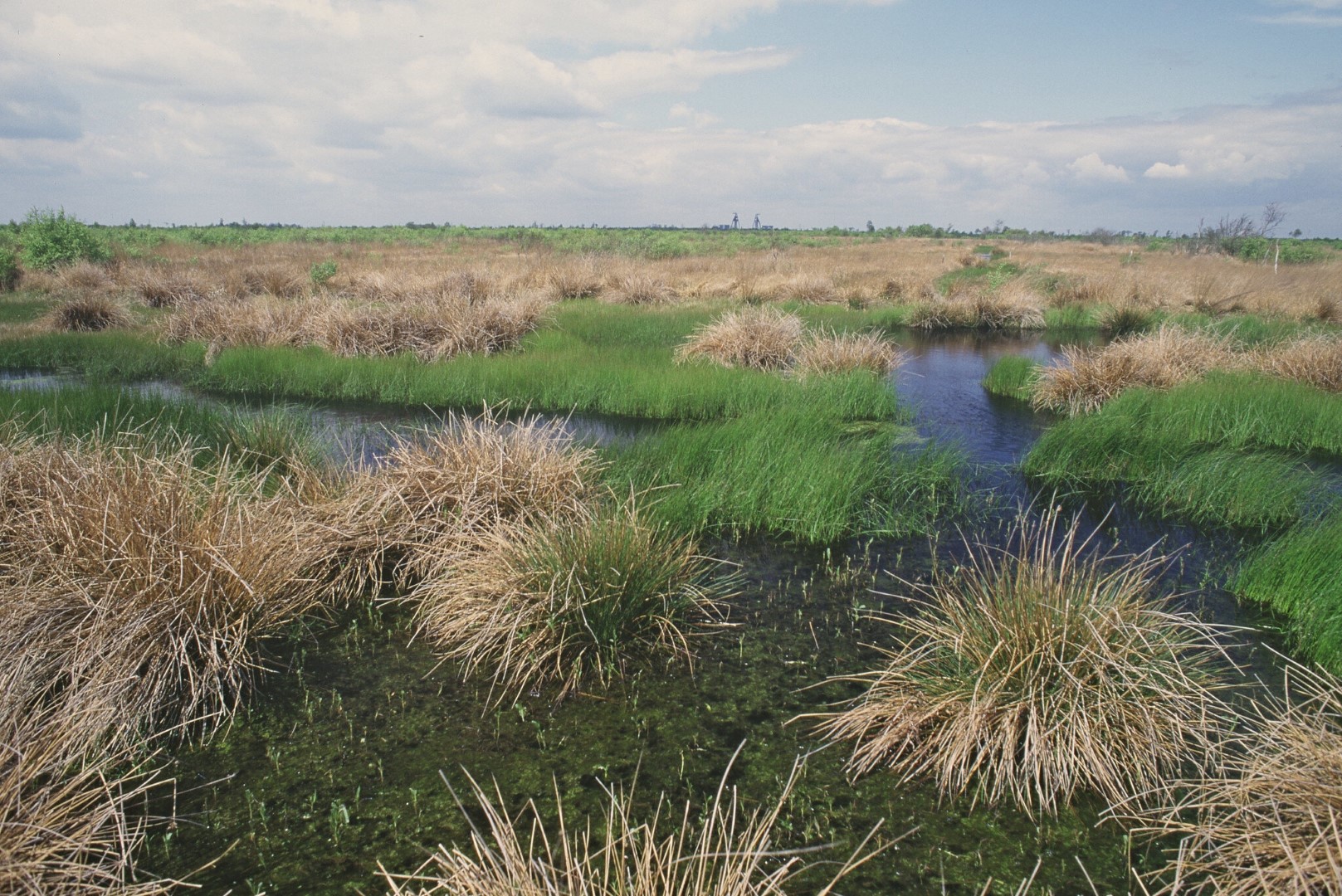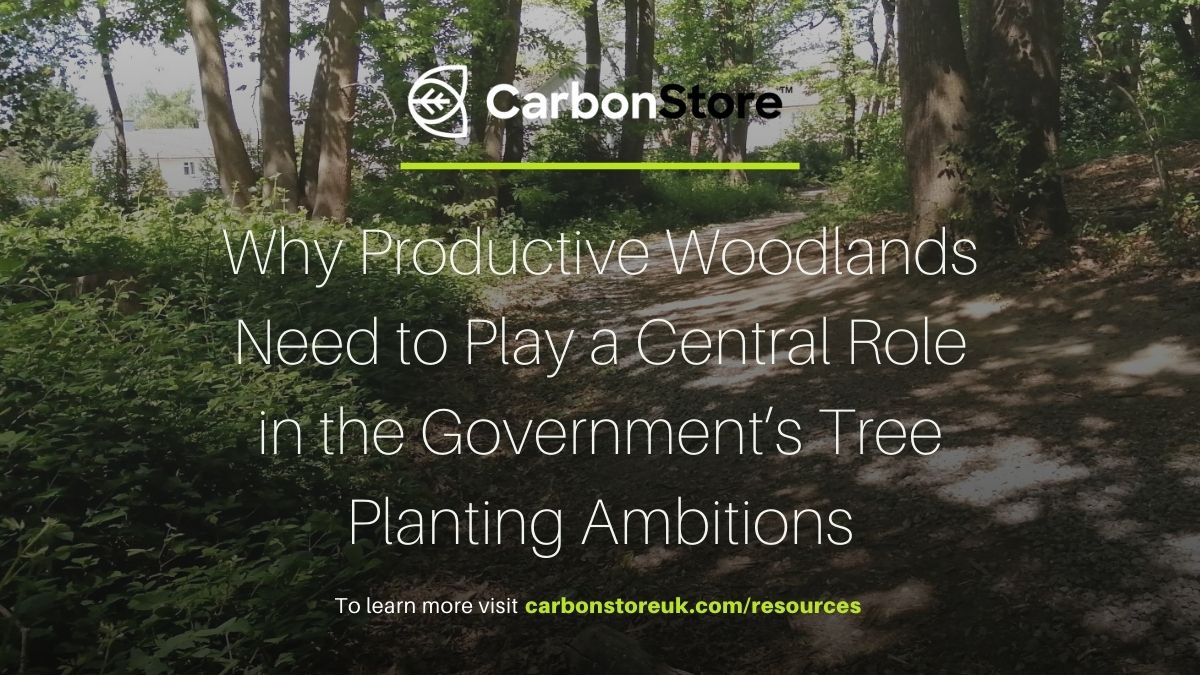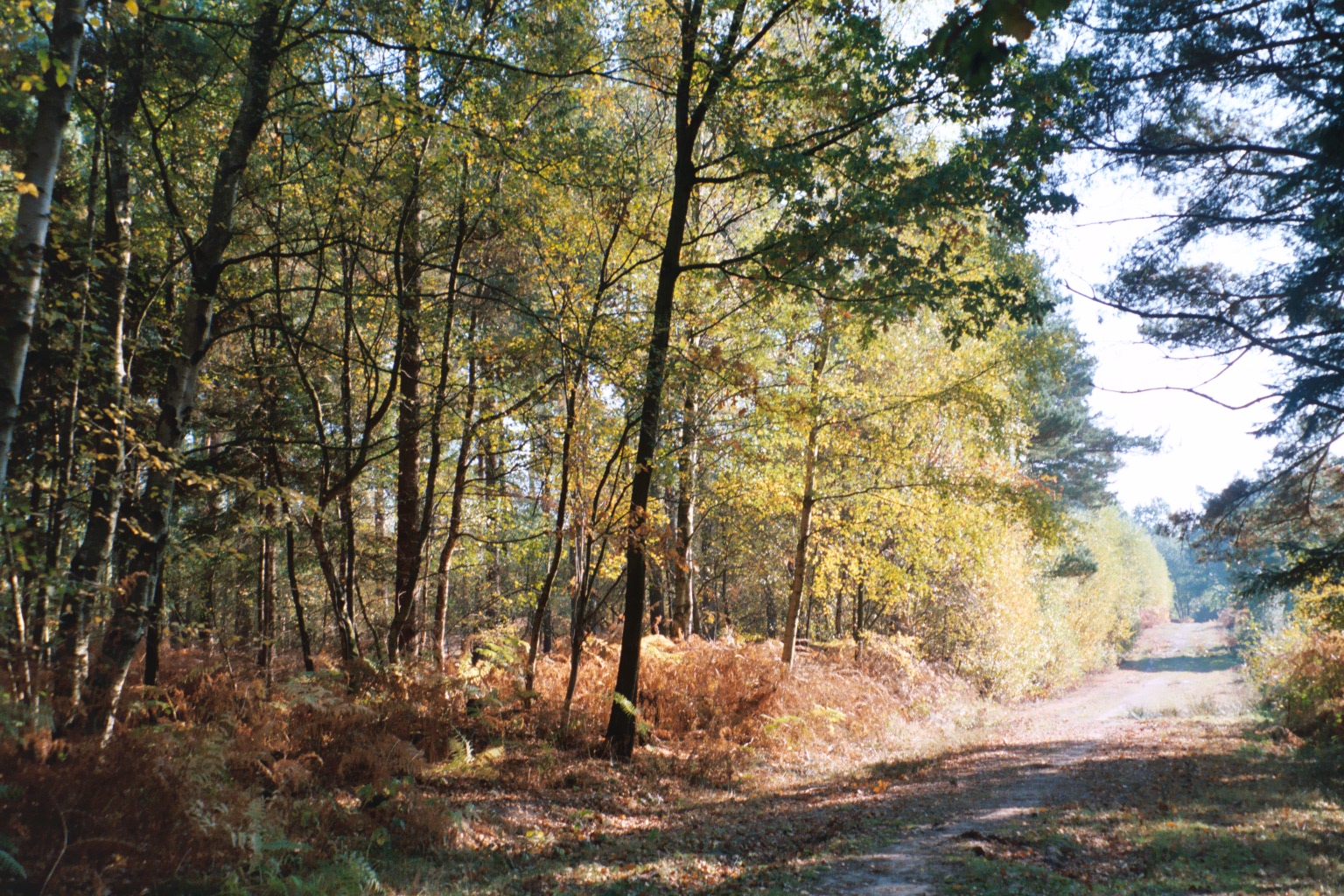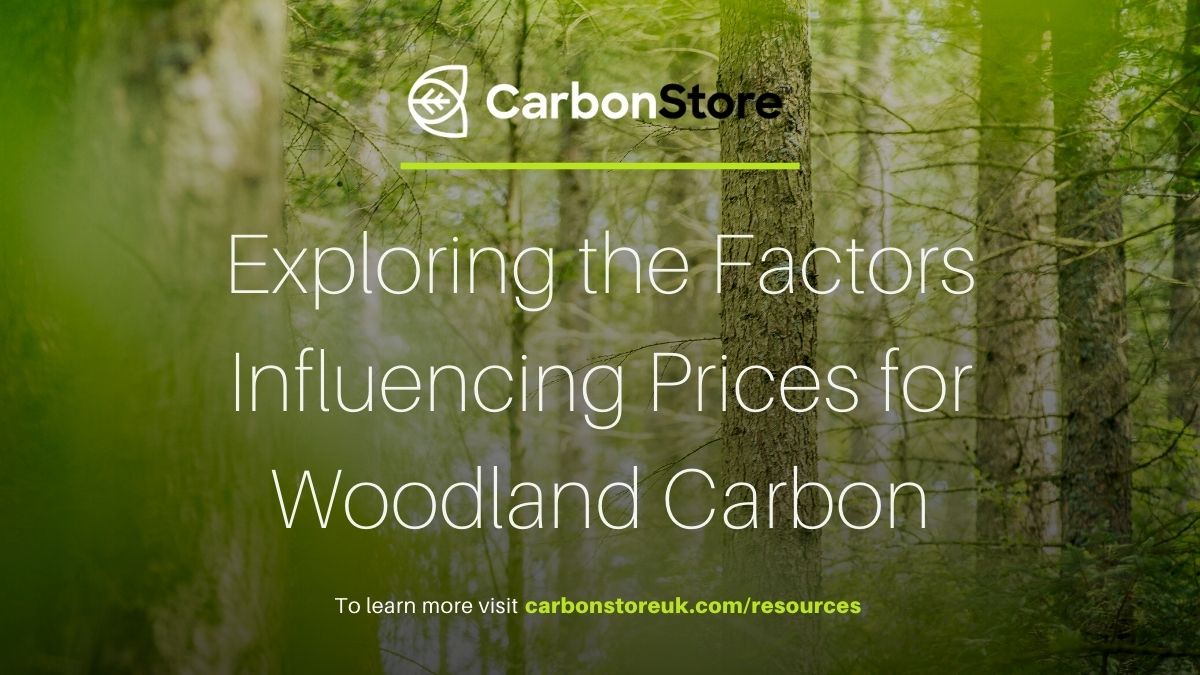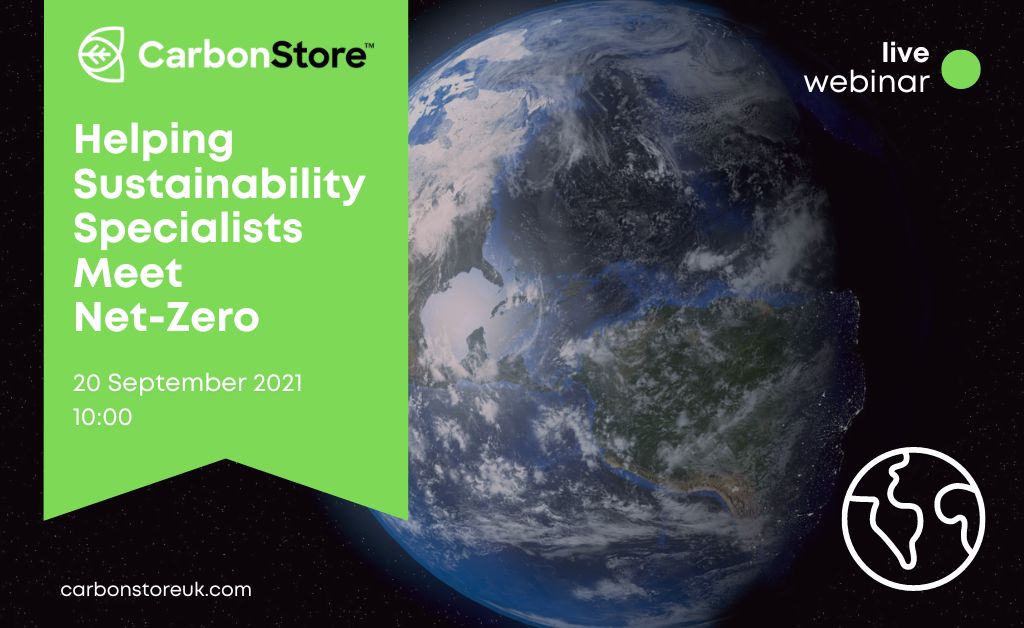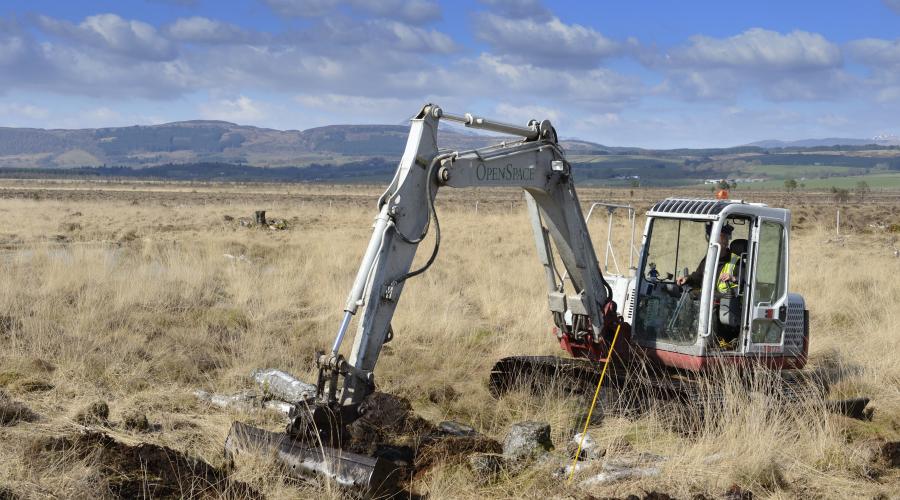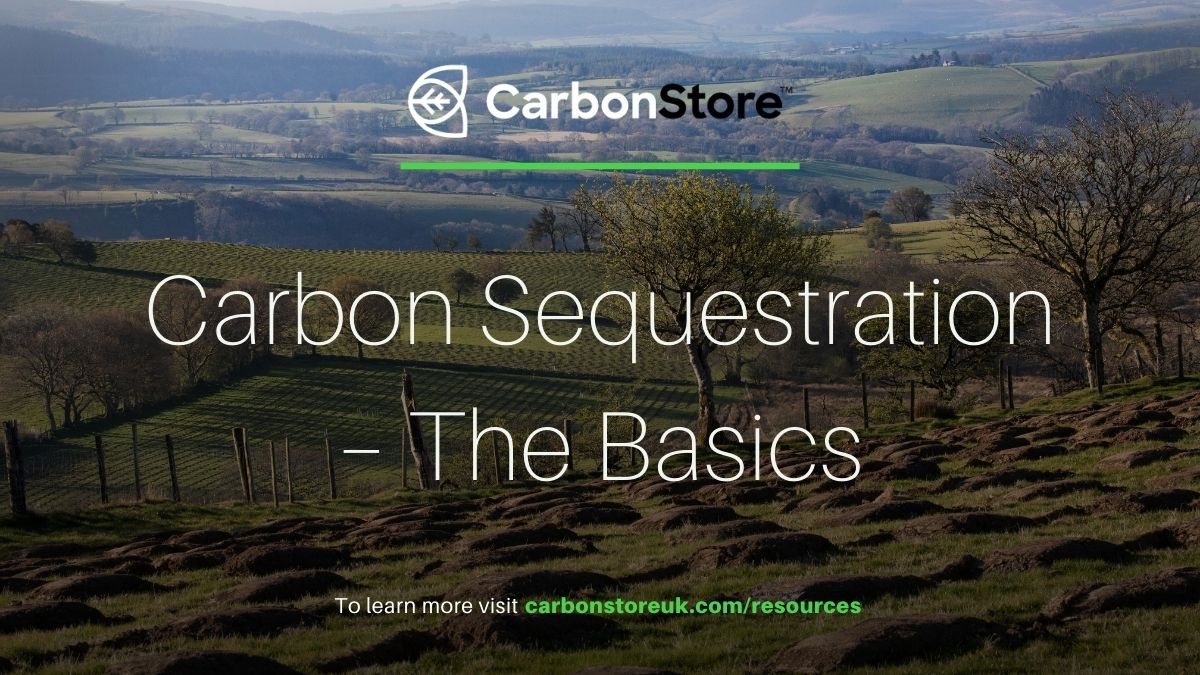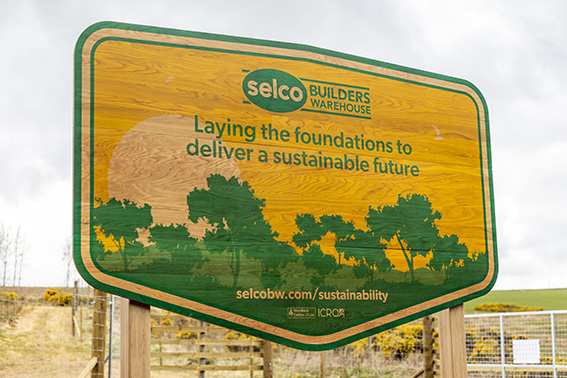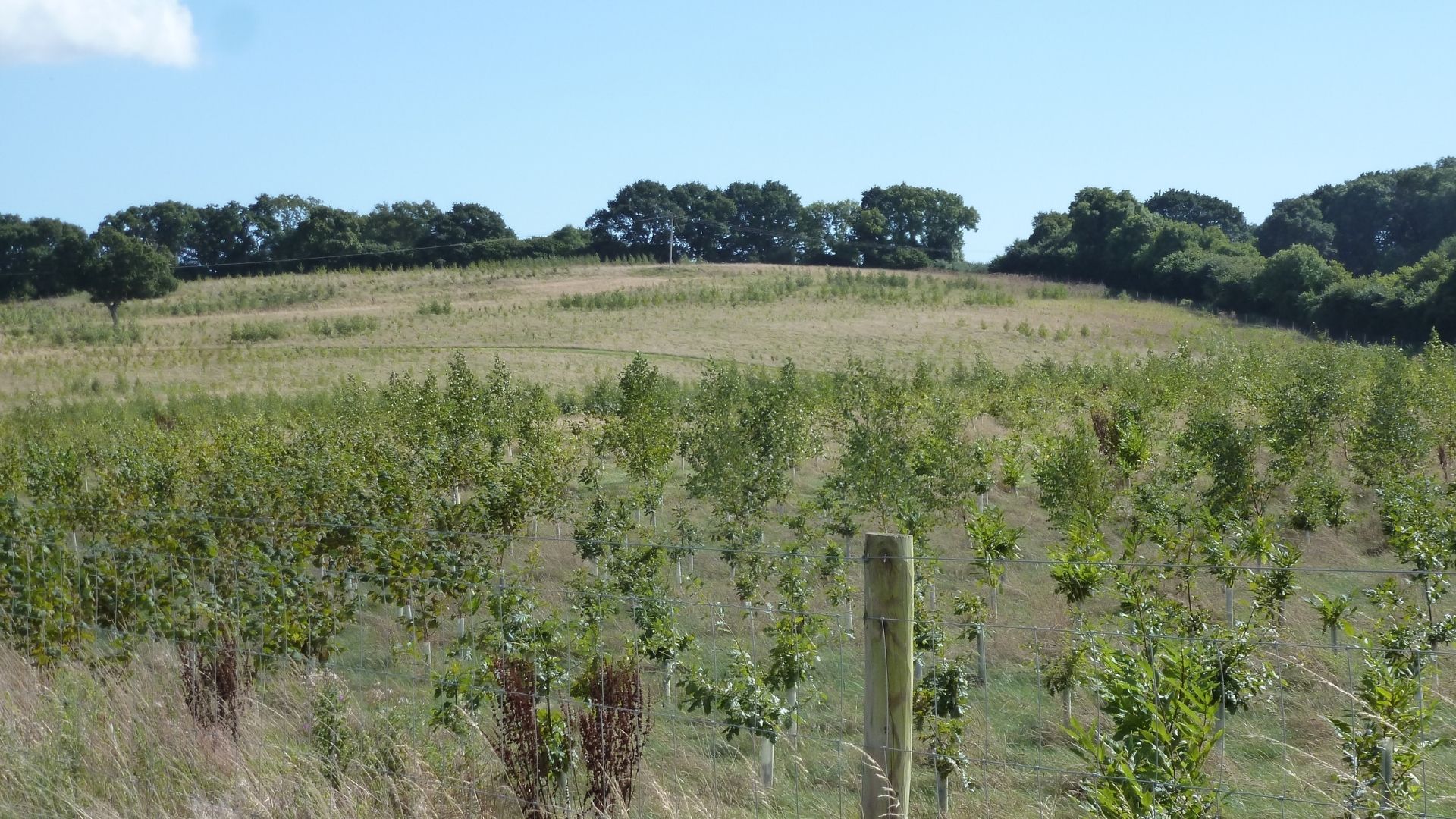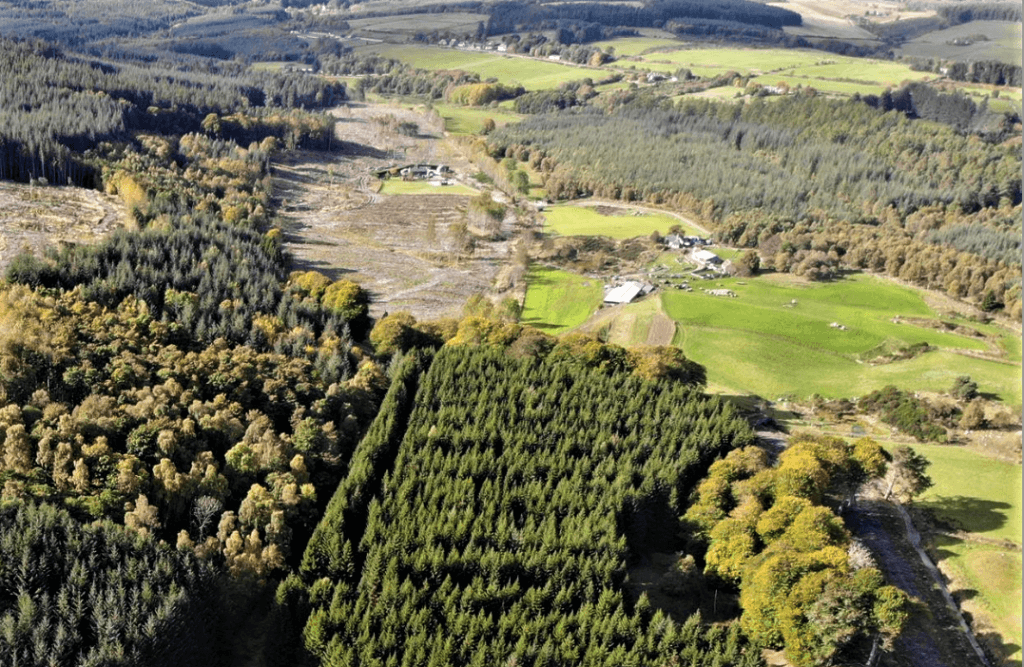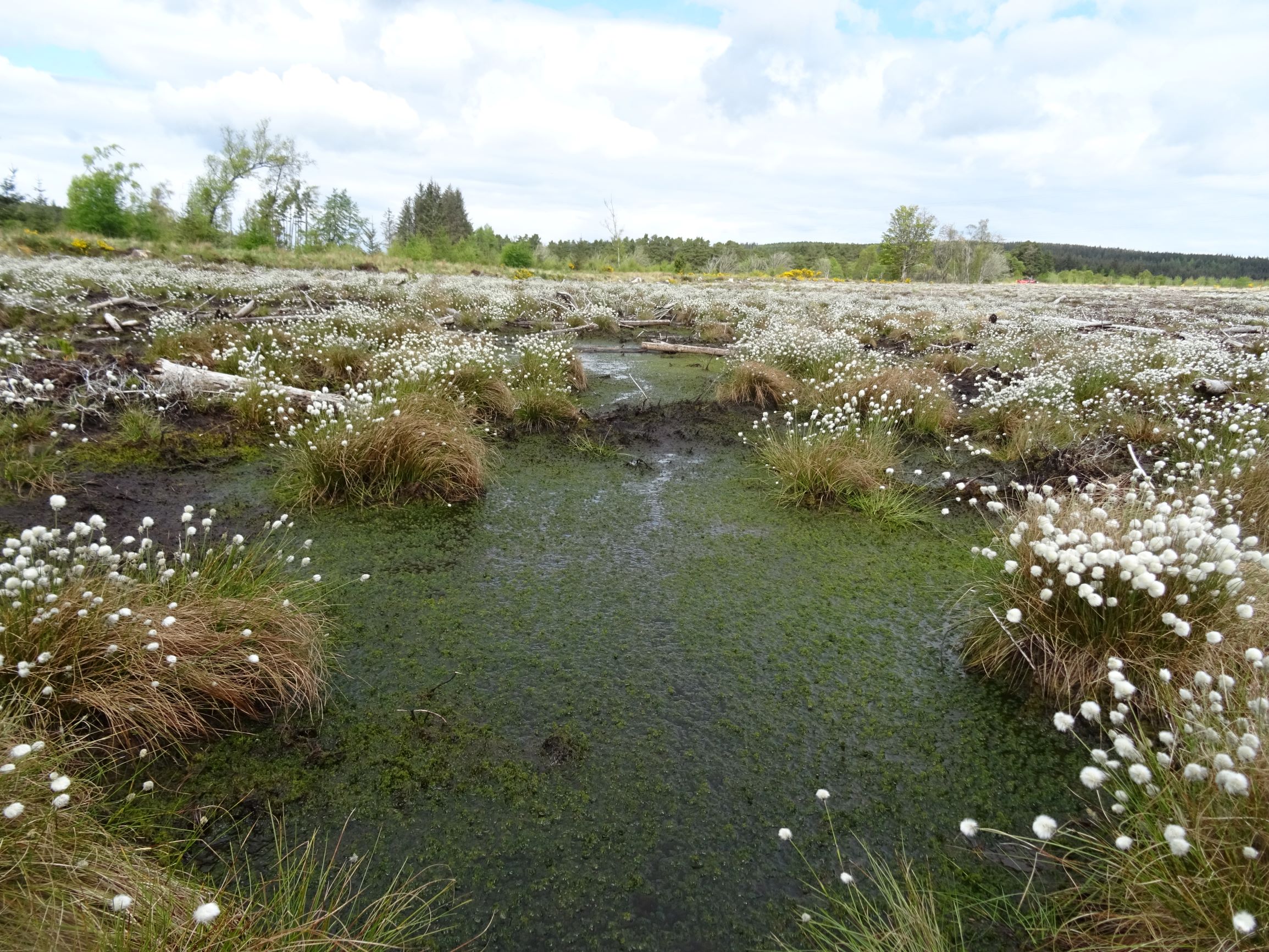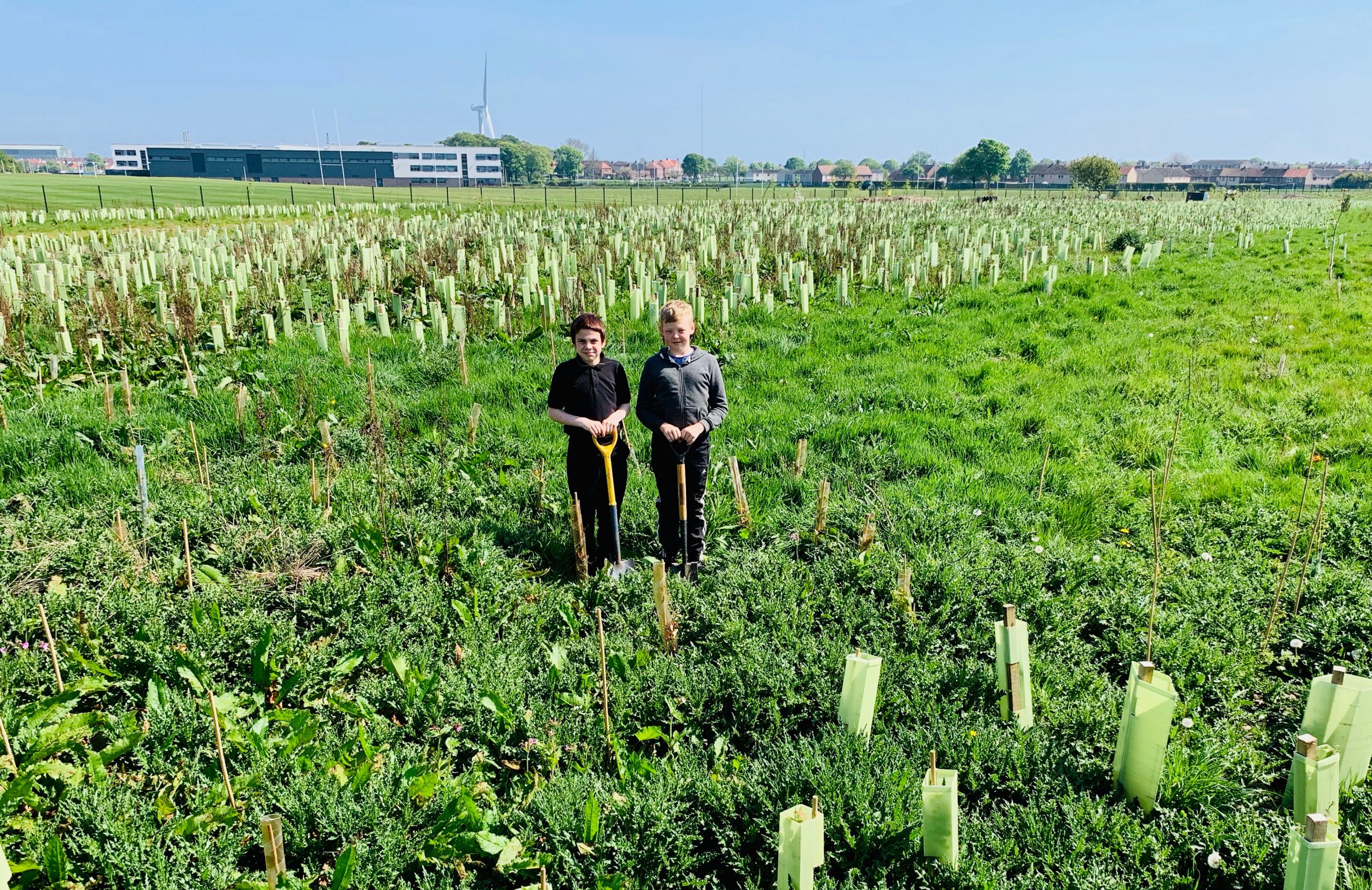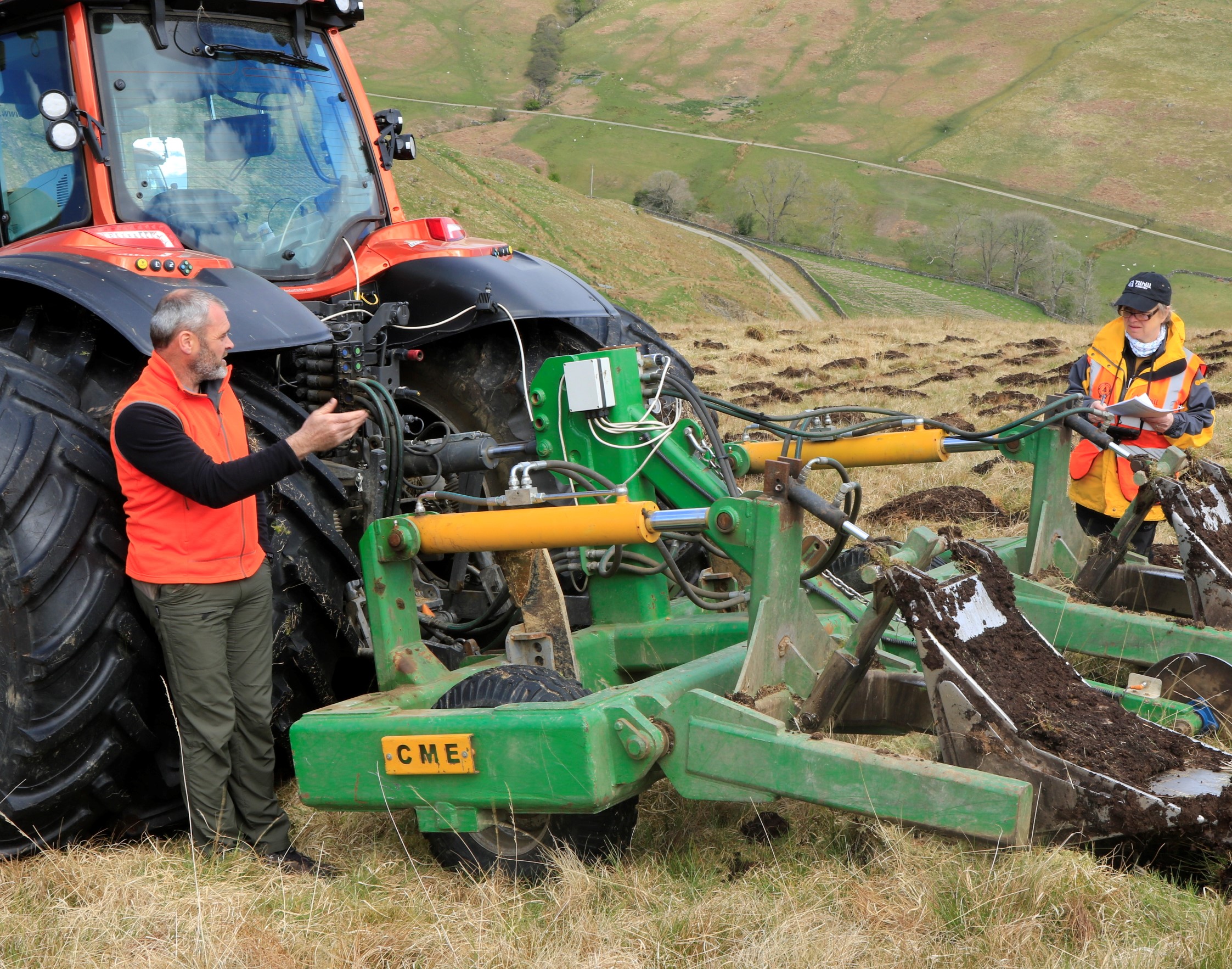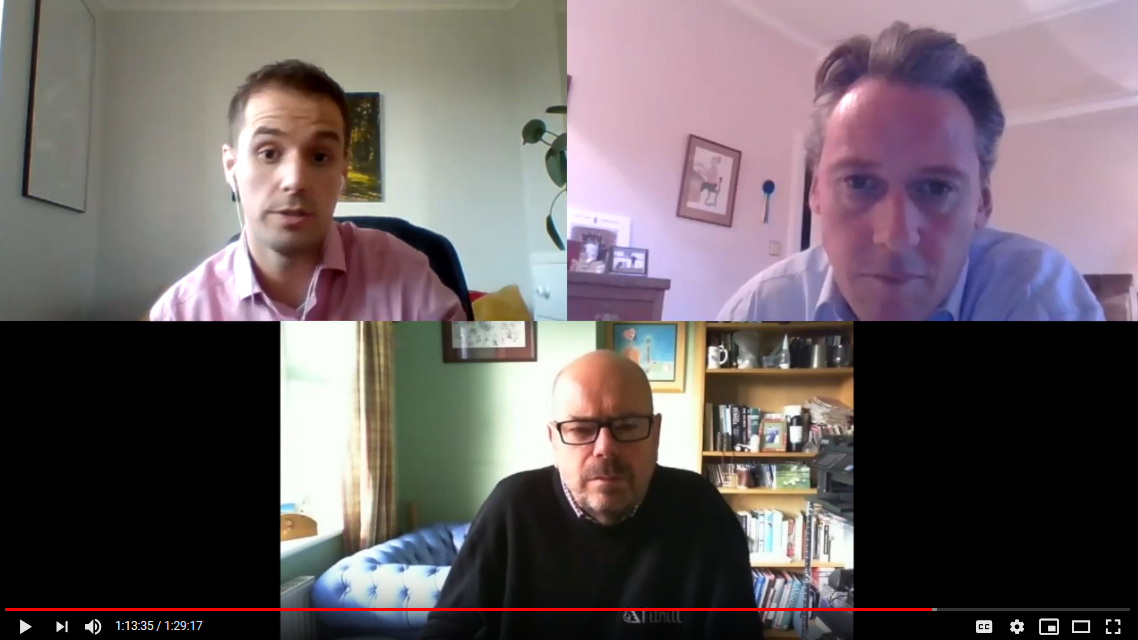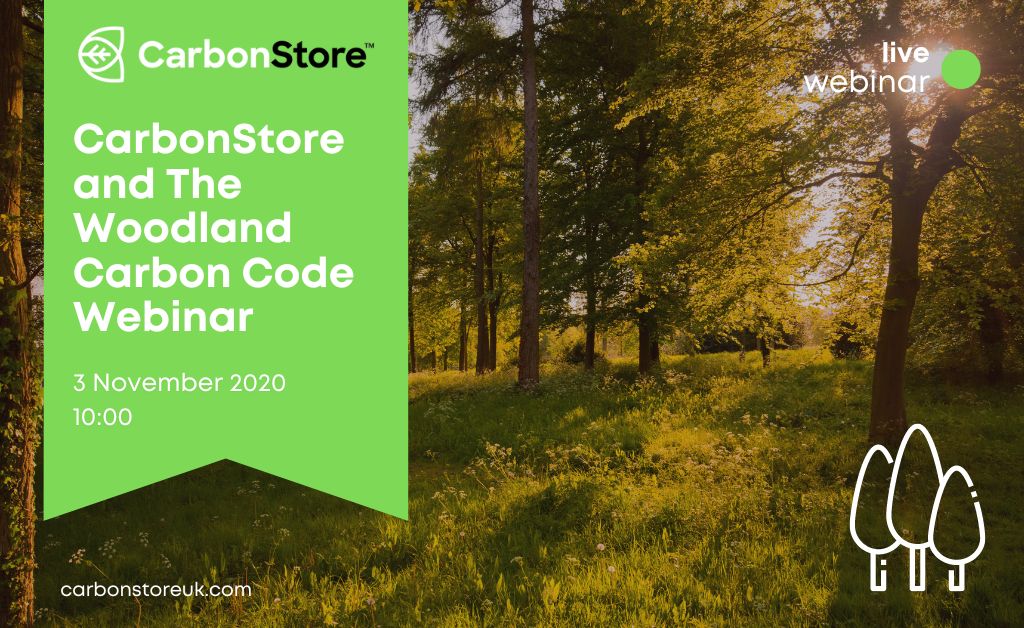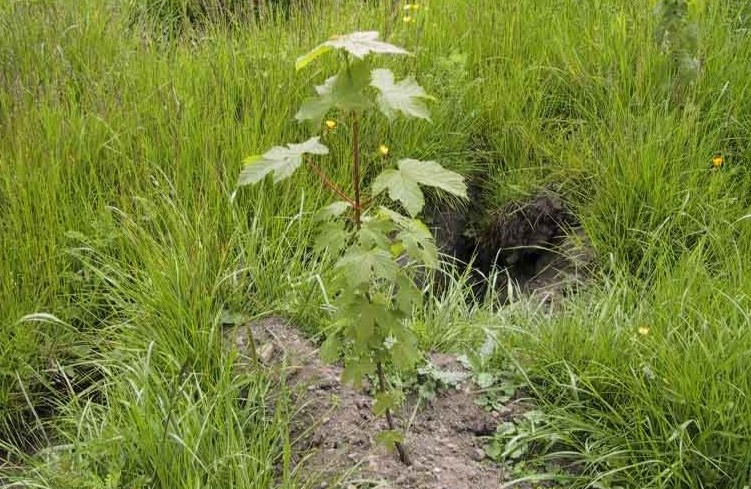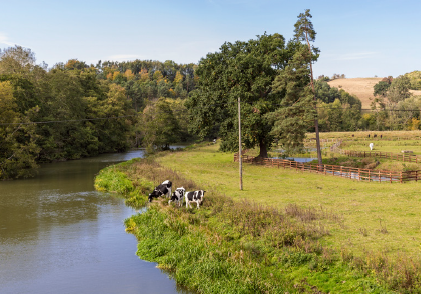When considering environmental enhancement, it can sometimes feel as though there are too many variables to juggle or prioritise to make the most significant impact possible with the resources at your disposal. Flood mitigation, biodiversity gain, air quality improvement to name but a few. The term ‘Natural Capital’ encapsulates such a myriad of components that deciding to focus on one over another can be extremely difficult. Moreover, even though certain variables can be relatively easily quantified or estimated, many are incredibly tricky to assess.
Fortunately, there is a solution. As many categories of natural capital complement one another remarkably well, focussing on one will almost undoubtedly benefit others. Therefore, if one were to focus on enhancing one specific environmental factor, chances are very high that many others would benefit to a lesser or even greater degree. The logical question here is which factor should we focus on?
I would argue that carbon dioxide (CO2) sequestered through UK-based woodland creation is without a doubt the most appropriate choice. Take a moment to consider the key requirements necessary to make a factor suitable. It must:
1. Be of key local, national, and international environmental importance
2. Support other environmental objectives
3. Be easily quantifiable
4. Have a clear and agreed upon definition.
Let’s consider each of these points in turn and compare like-for-like with other potential candidates: Climate change, driven primarily by CO2e emissions (‘e‘ means ‘equivalent’ – including other Greenhouse Gases such as Methane and Nitrous Oxide), is arguably the single greatest threat that society has ever faced. Rising sea levels, resource wars, extreme weather events and mass migration are just some of the likely consequences of climate change. In spite of arrangements such as the Kyoto Protocol and the Paris Climate Agreement, CO2e emissions on a Global scale continue to increase. Evidently, sequestering atmospheric CO2e is of local, national, and international importance. CO2e isn’t restricted by national boundaries, and so it makes no difference whatsoever where it is emitted, and therefore, where it can be sequestered. However, when considering something like soil erosion, hugely important to prevent in its own right locally, it unfortunately becomes less important to people on a national and particularly international scale.
The second requirement to consider, the support of other environmental objectives, is again a home-run for CO2e sequestered through woodland creation. Biodiversity, flood mitigation, soil stabilisation etc all hugely benefit from the creation of a suitable woodland in the area. Indeed, there are a variety of grants and support mechanisms, such as Woodlands For Water to prevent flooding in England, that acknowledge woodland creation as a superb means of providing other environmental services. If one were to use a less specific metric to base environmental enhancement on, say, CO2e reduction in any form, then you may possibly choose to develop a solar or wind farm. Energy generation utilising these methods is critical, of this there is no doubt. However, they unfortunately don’t provide a great deal in terms of wider environmental services. Furthermore, even though they provide a fantastic source of green electricity, essential when planning a sustainable society, at the moment they can’t do much about the CO2e that is already in the atmosphere in the same way that trees can.
Thirdly, our metric needs to be easily quantifiable. This allows for the development of voluntary and potentially compulsory markets based on robust scientific research for investors to buy into. Standards can be created to generate reliable, consistent environmental units, so that investors can be confident their funded units will be delivered as specified and maintained to a high standard. The development of the UK Woodland Carbon Code (WCC) has already done this for woodland creation in the UK, providing robust carbon units representing one tonne of CO2e that can be traded on the open market. Other important environmental considerations, such as flood mitigation, may be far more difficult to quantify. Calculating the current level of flood risk and the scale of that risk’s mitigation in terms of quantifiable units would be incredibly difficult, especially in a changing climate.
An agreement upon the definition of what constitutes a ’unit‘ is also essential. For woodland creation, one unit of sequestered CO2e is pretty much identical to the next. It becomes far more challenging to consider biodiversity as a simple uniform unit, however. For one person, the improvement of habitats for the benefit red squirrels may be far more important than for a rare bird. This places a limitation on the trading capacity of biodiversity units, as one may find that offsetting one type of unit with that of another (woodland for wetland for example) may lead to a significant reduction of certain habitat types alongside an increase in ‘easier’ habitats. Moreover, similarly to point number one, having an incredibly biodiverse part of the UK acting as an offset for the decimation of biodiversity elsewhere is clearly unacceptable.
Upon review, we can see how attractive CO2e sequestered through woodland creation can be to provide a general framework to work upon. It is fully transient, hugely supportive of other environmental services and systems, easily quantifiable and has a widely accepted definition of a unit. This is why I see it as the ‘skeleton’ of Natural Capital.
As a final point, due to all of these characteristics, claims about carbon neutrality can be clearly substantiated, or conversely, disproved. This makes it far more difficult for corporations to make false claims about their environmental credentials, or ‘greenwash’ their products and services. If combined with a robust, transparent, government-backed standard such as the UK Woodland Carbon Code, focussing your environmental objectives on CO2e sequestration through UK-based woodland creation is the undeniable choice.
Andy Baker, Carbon Project Manager

